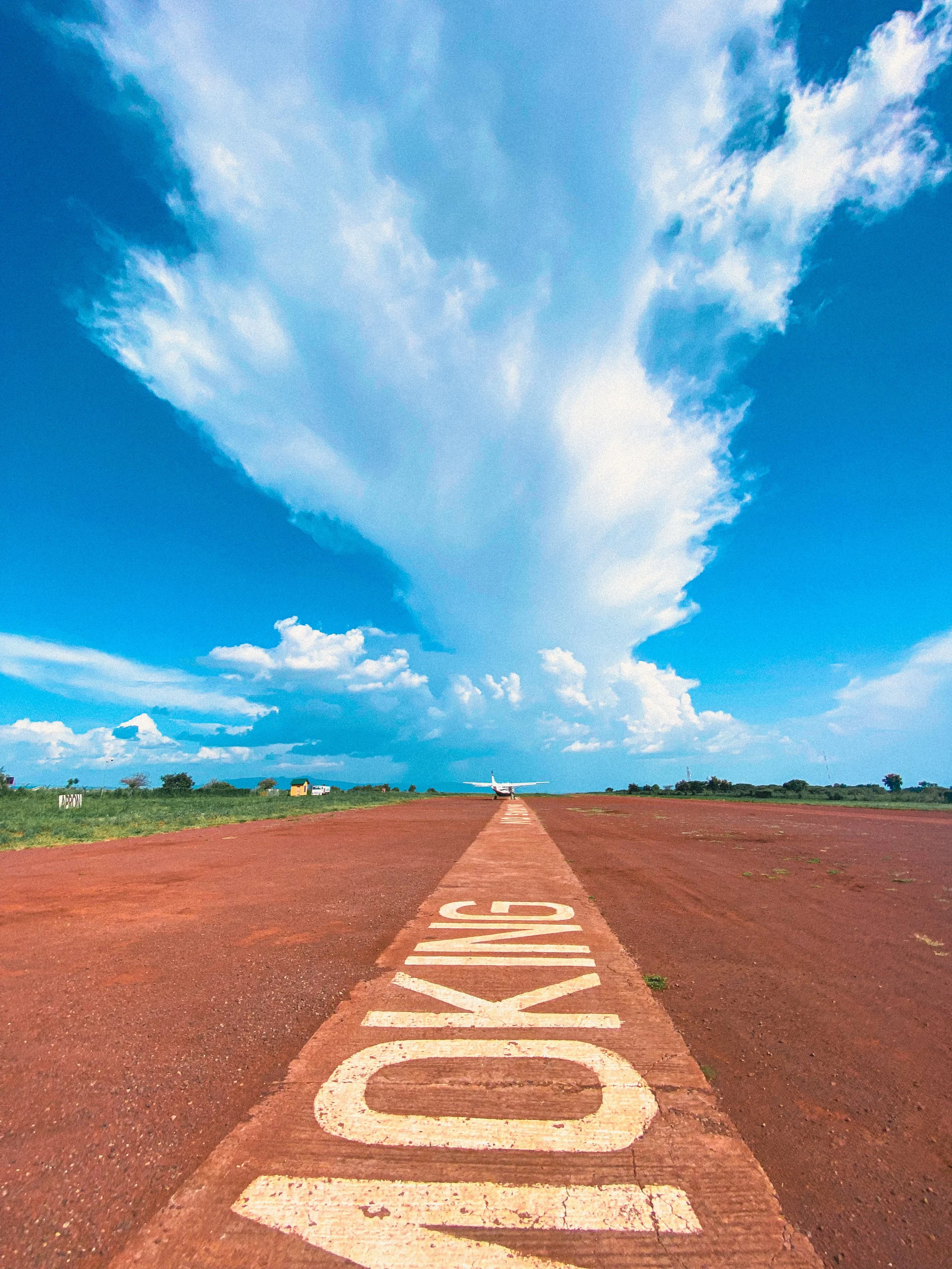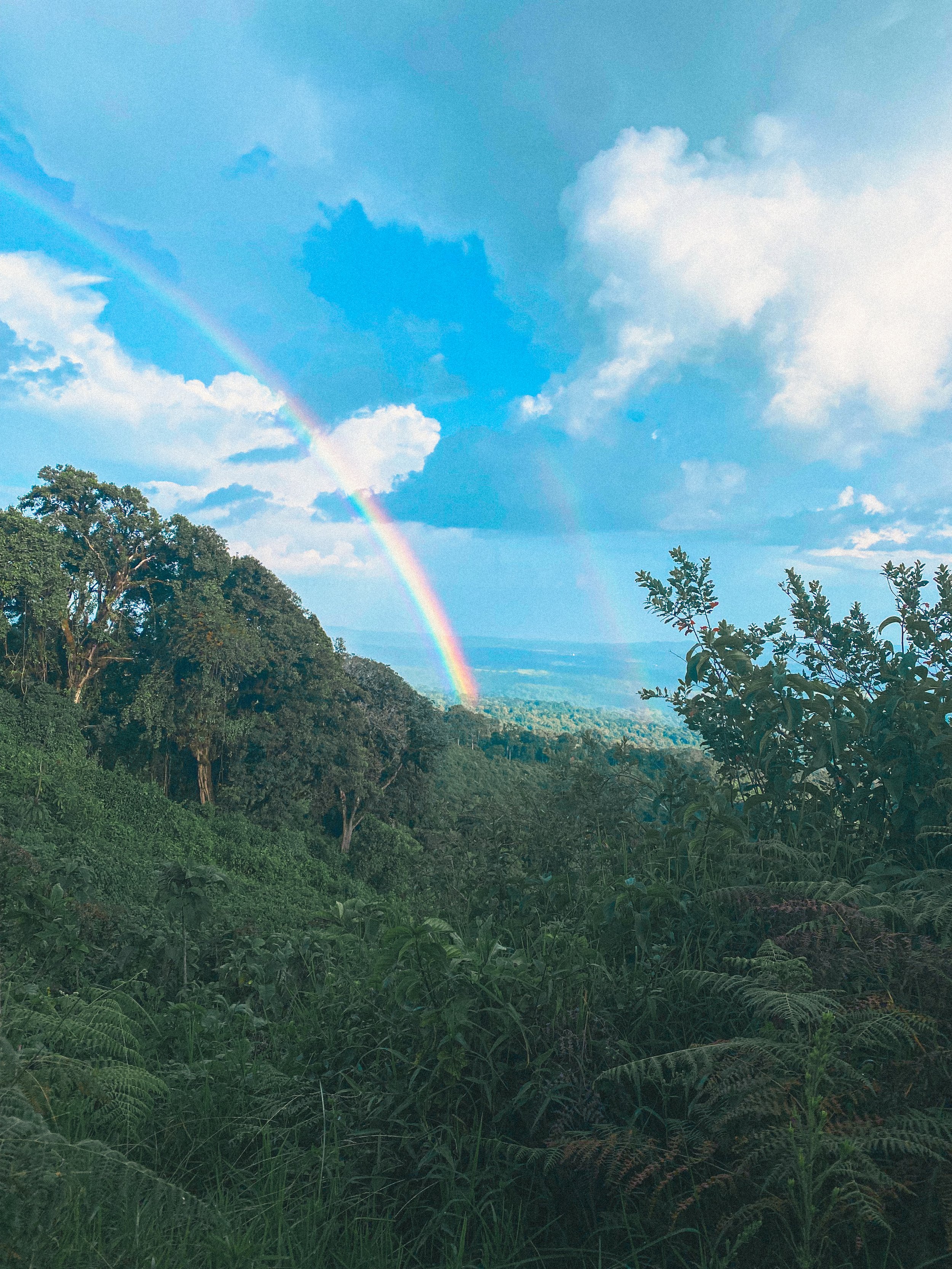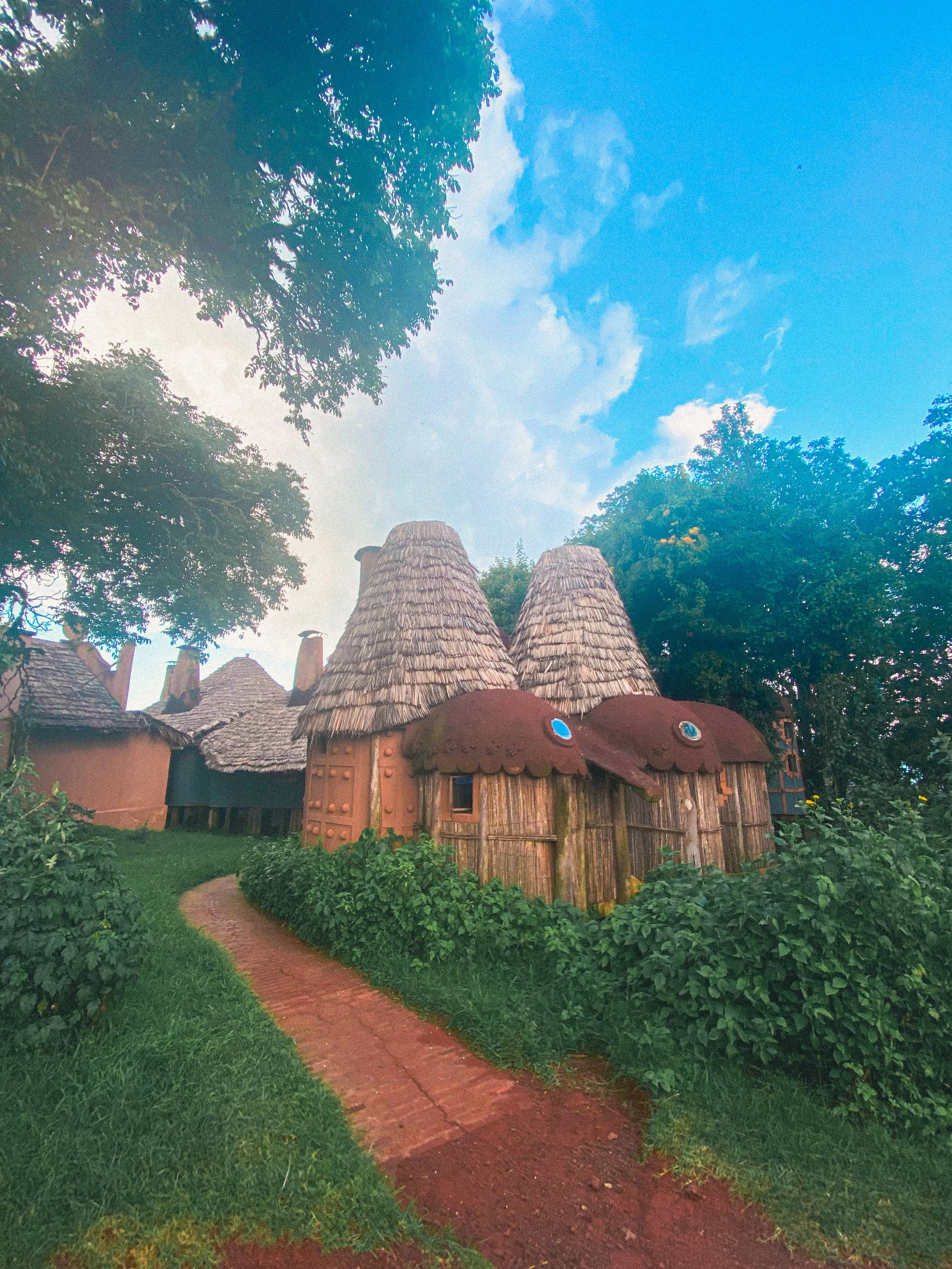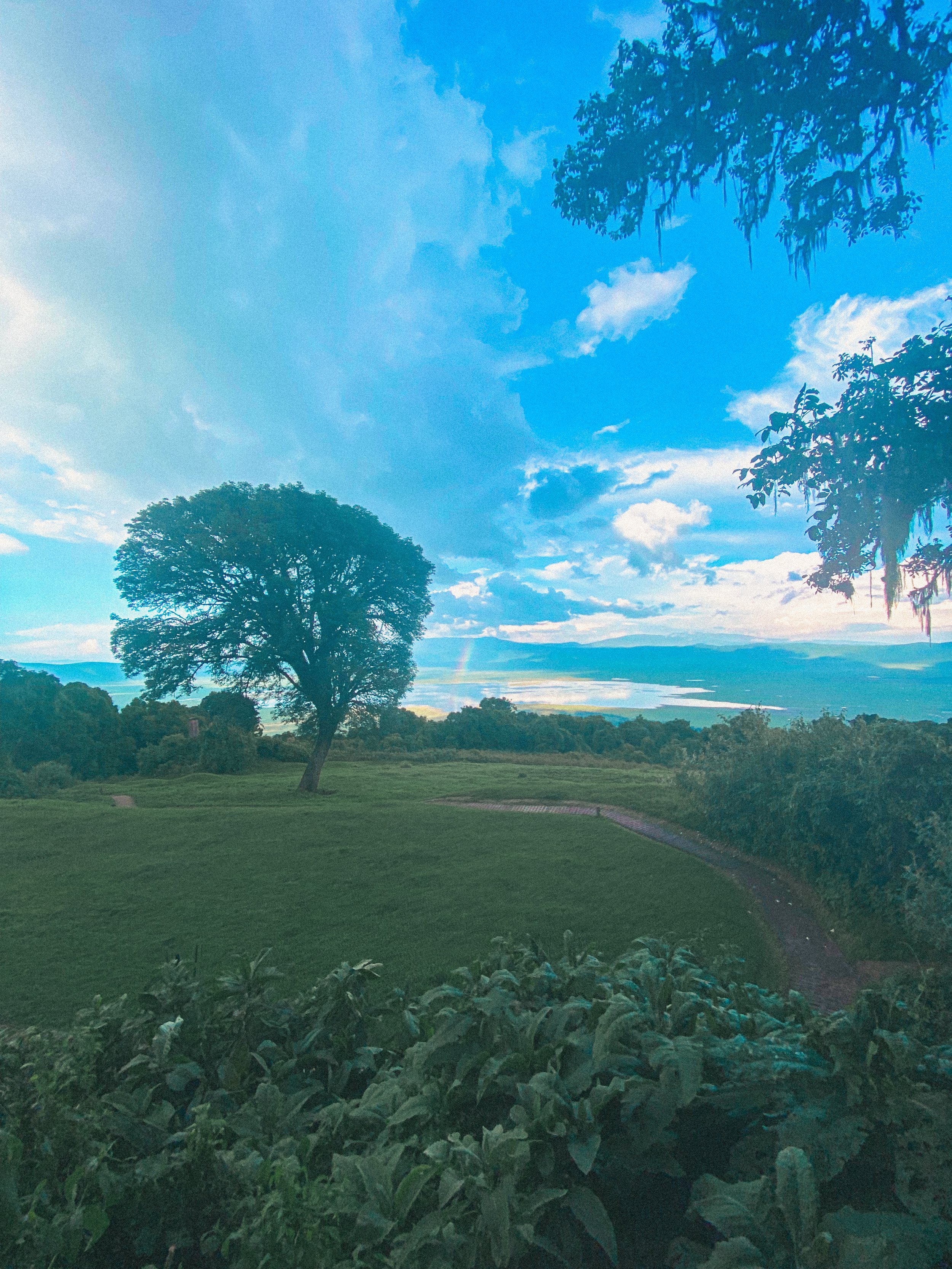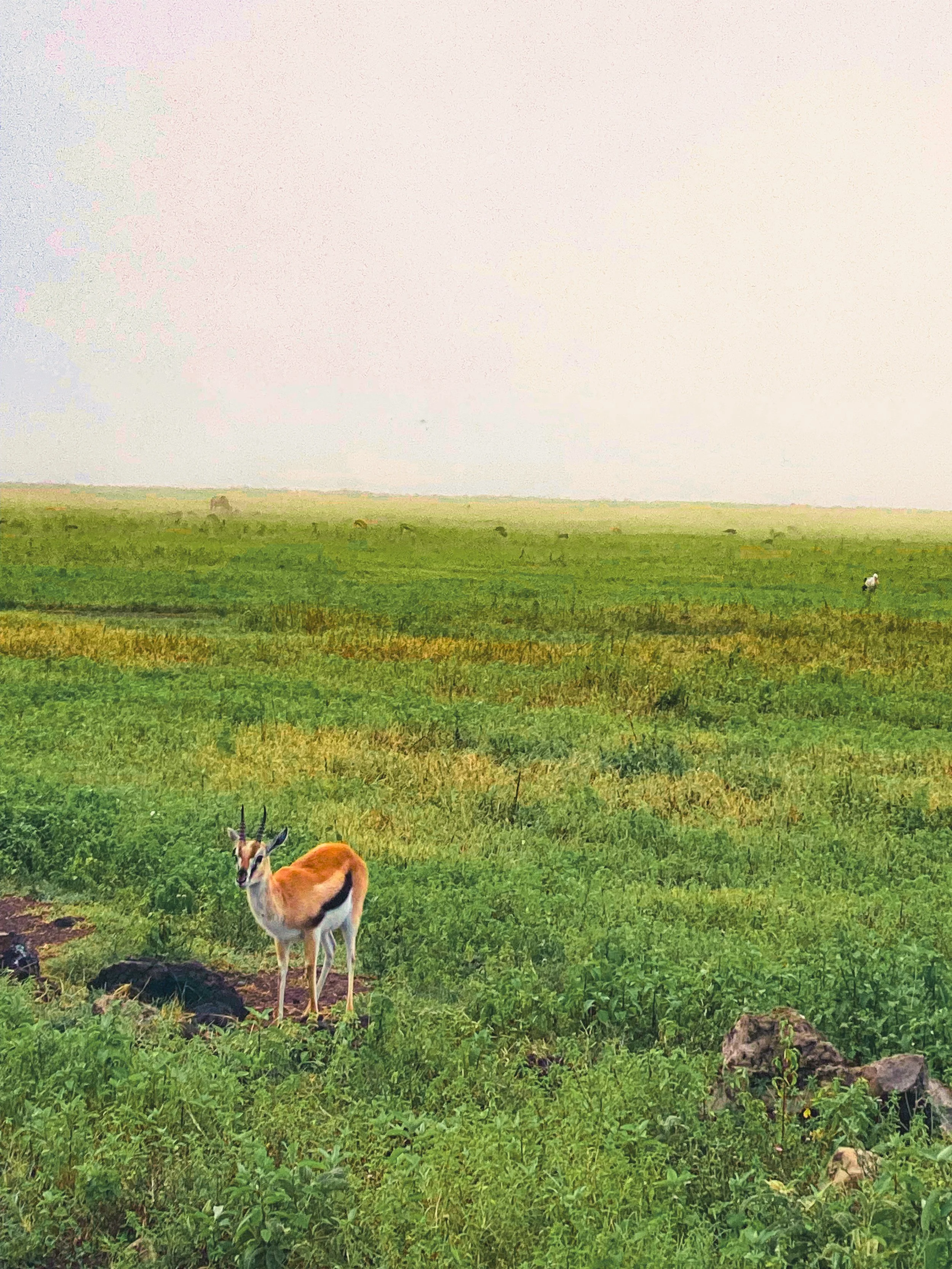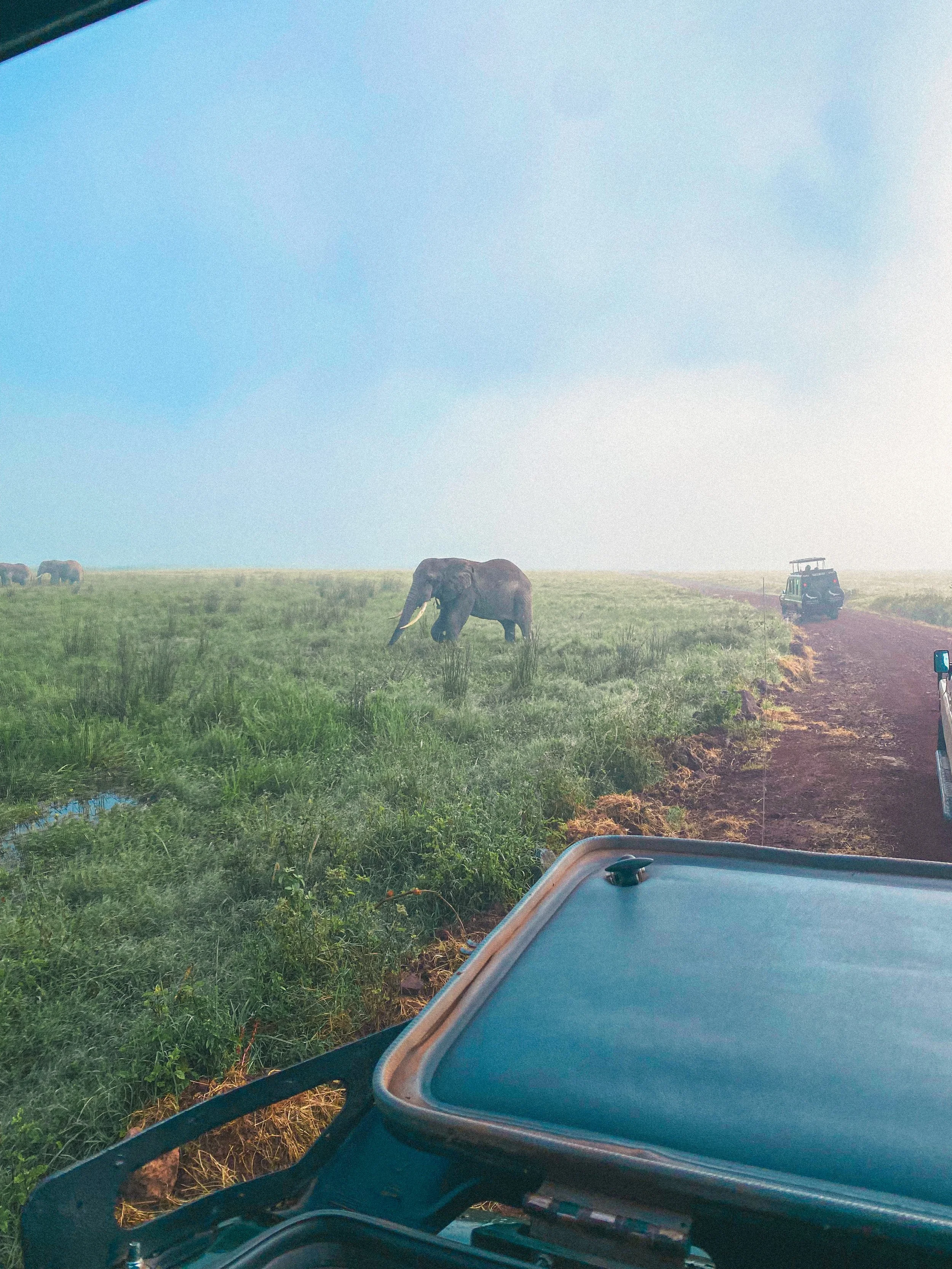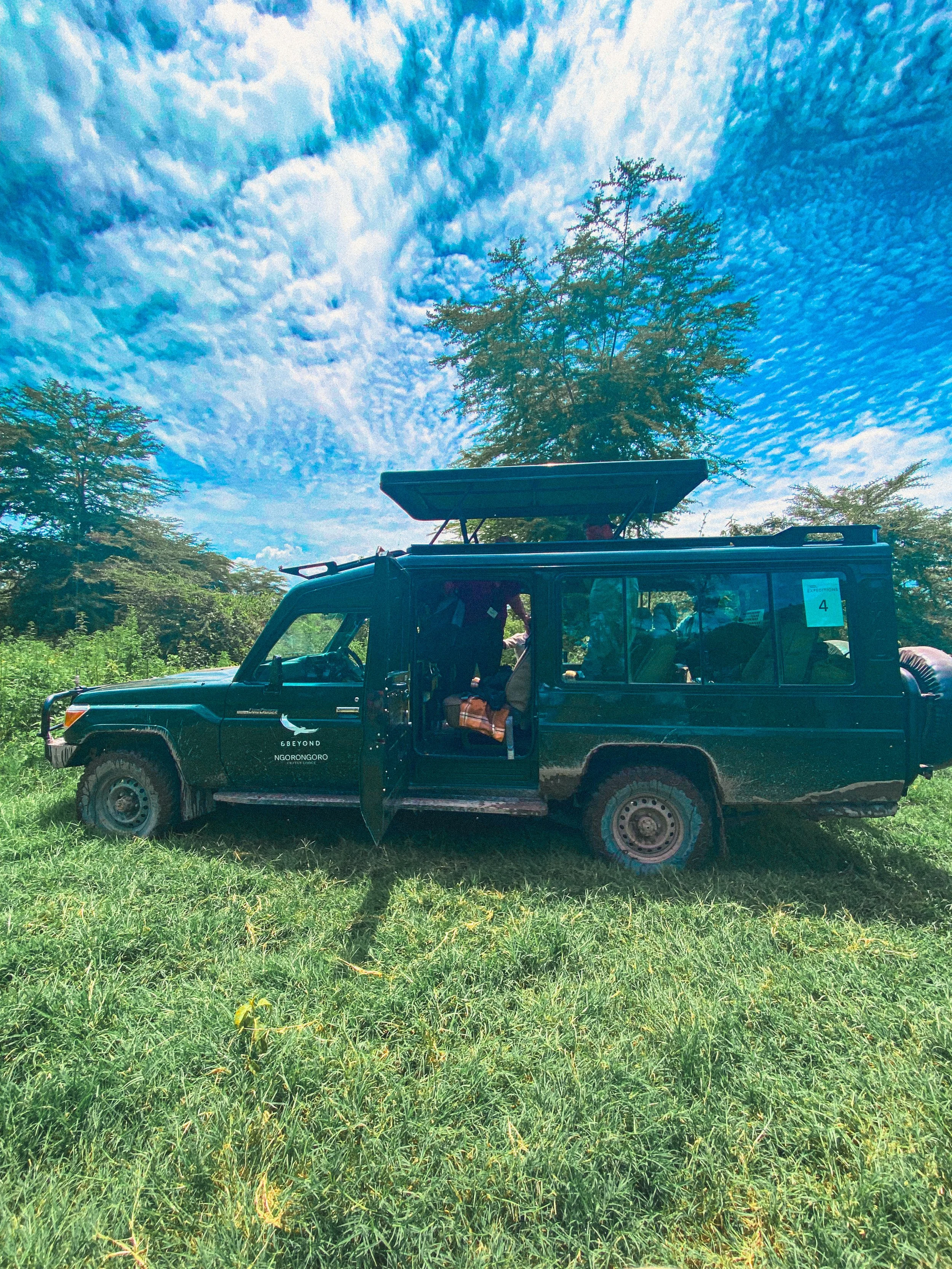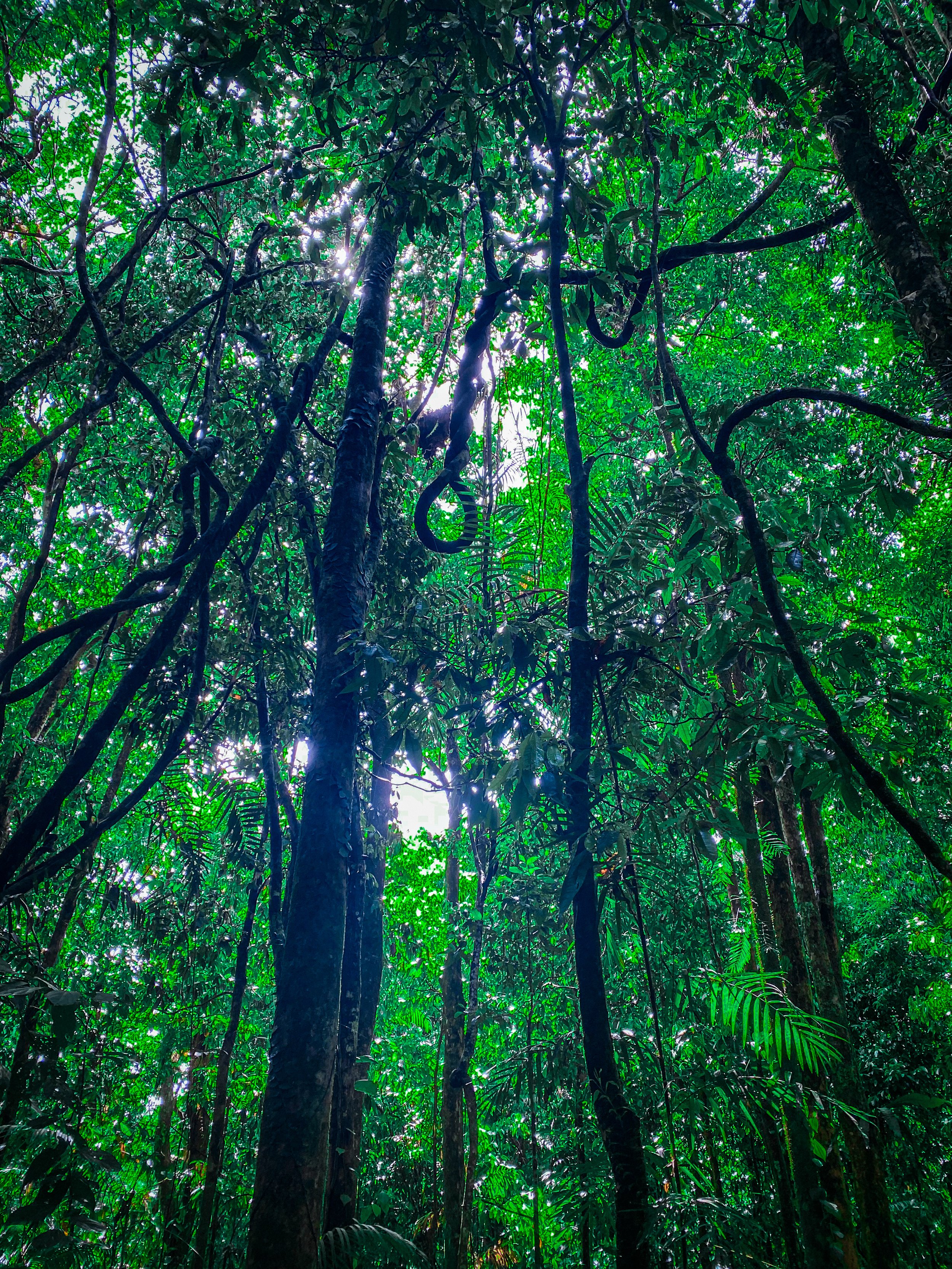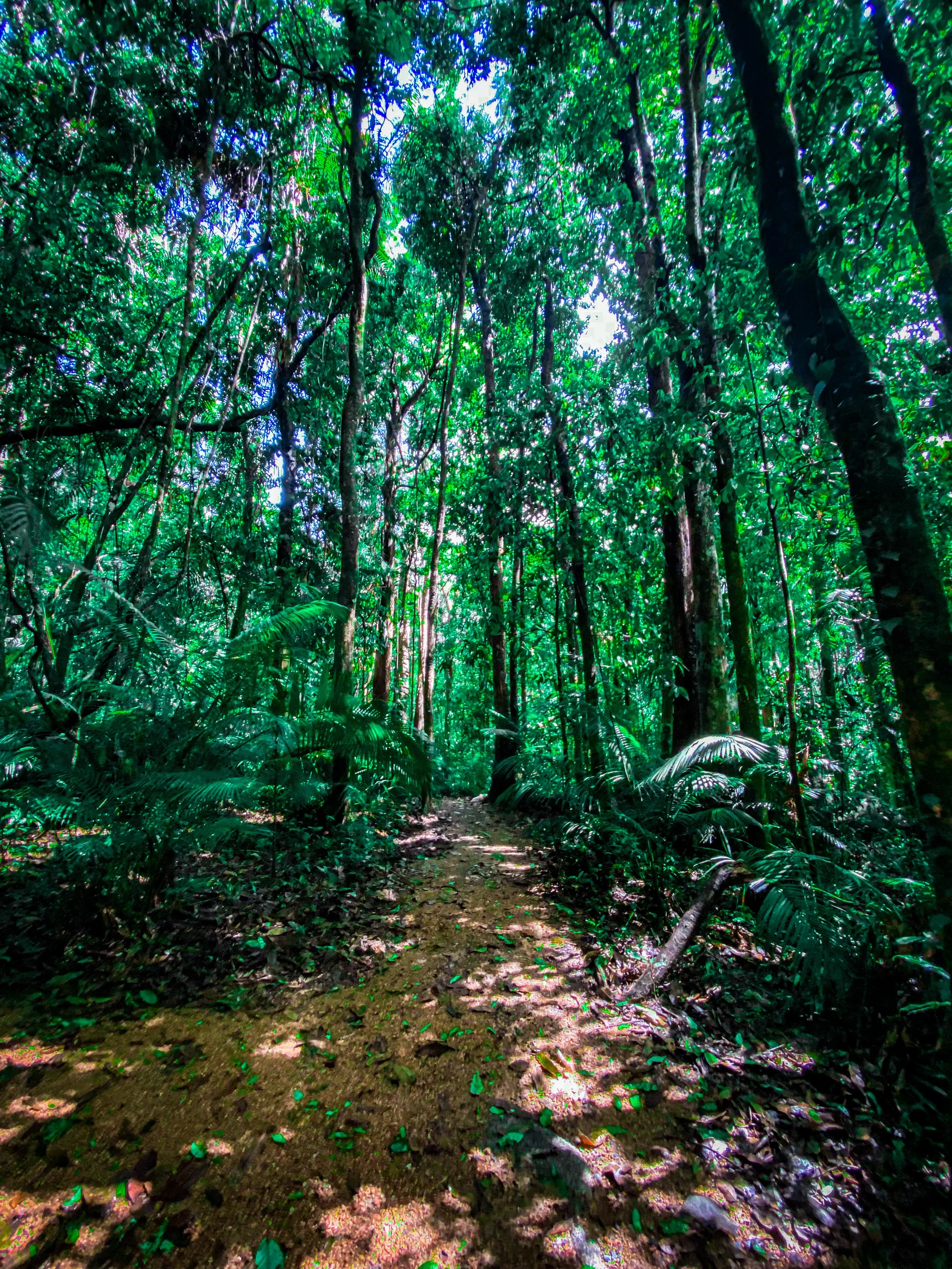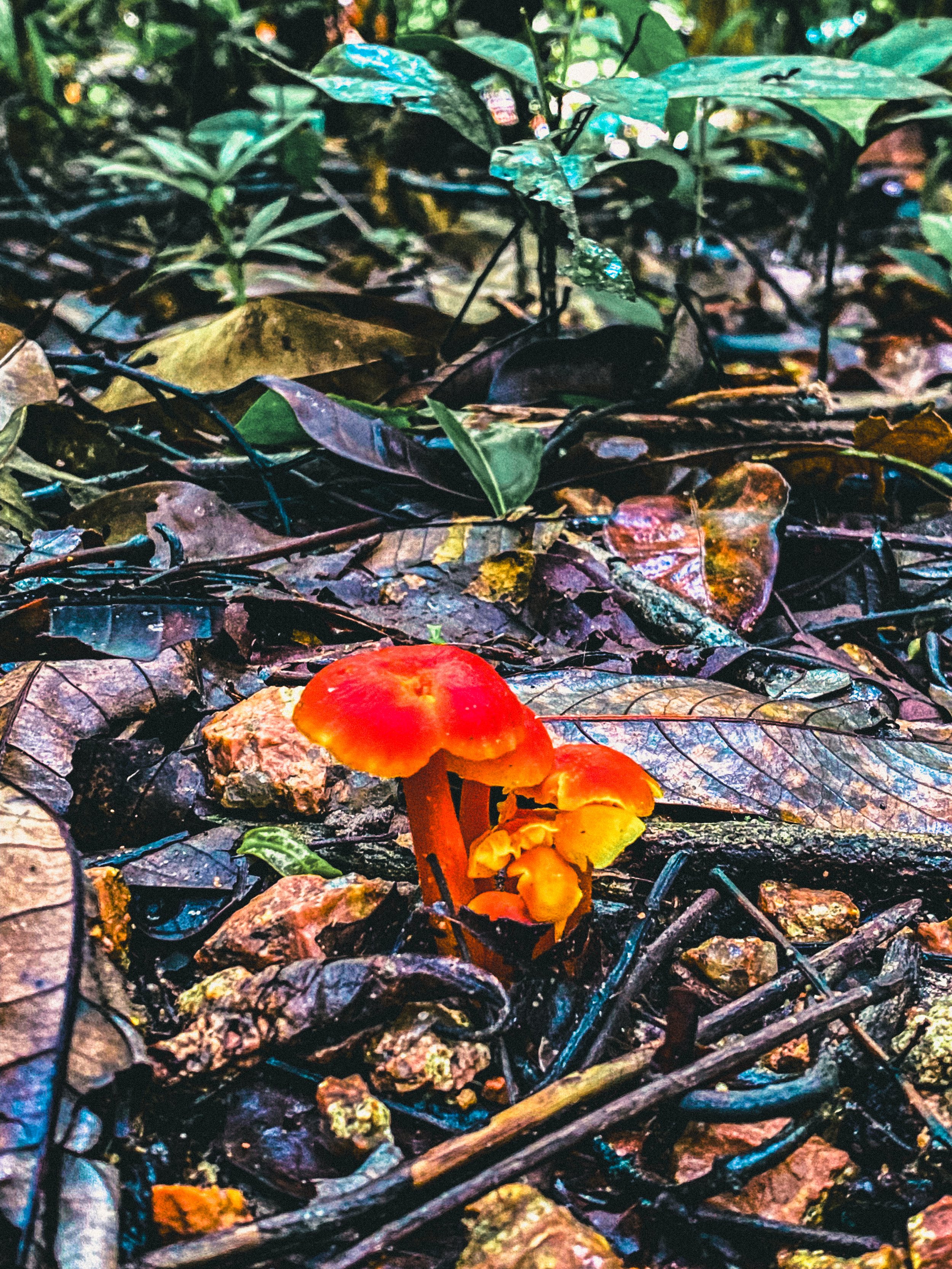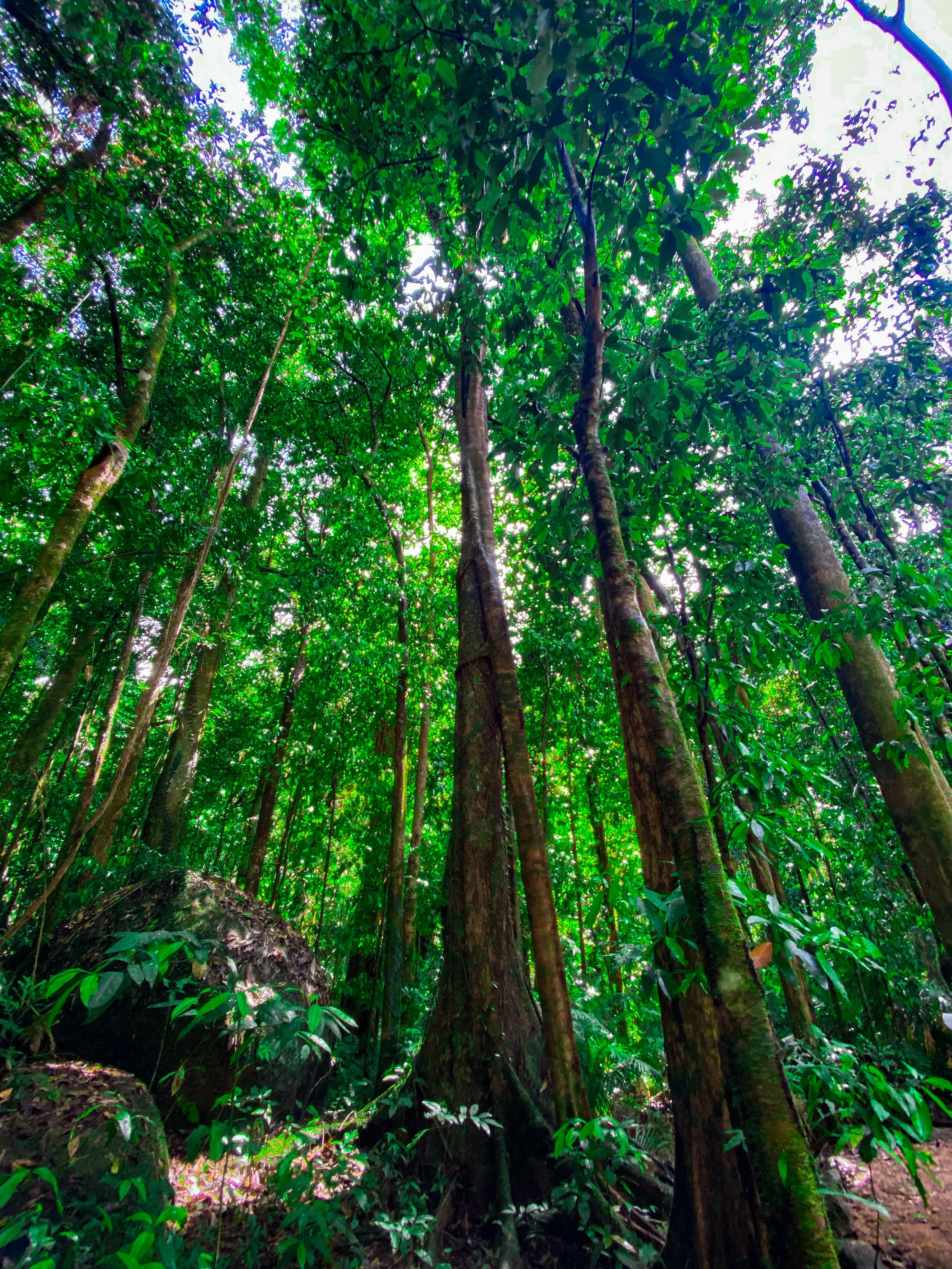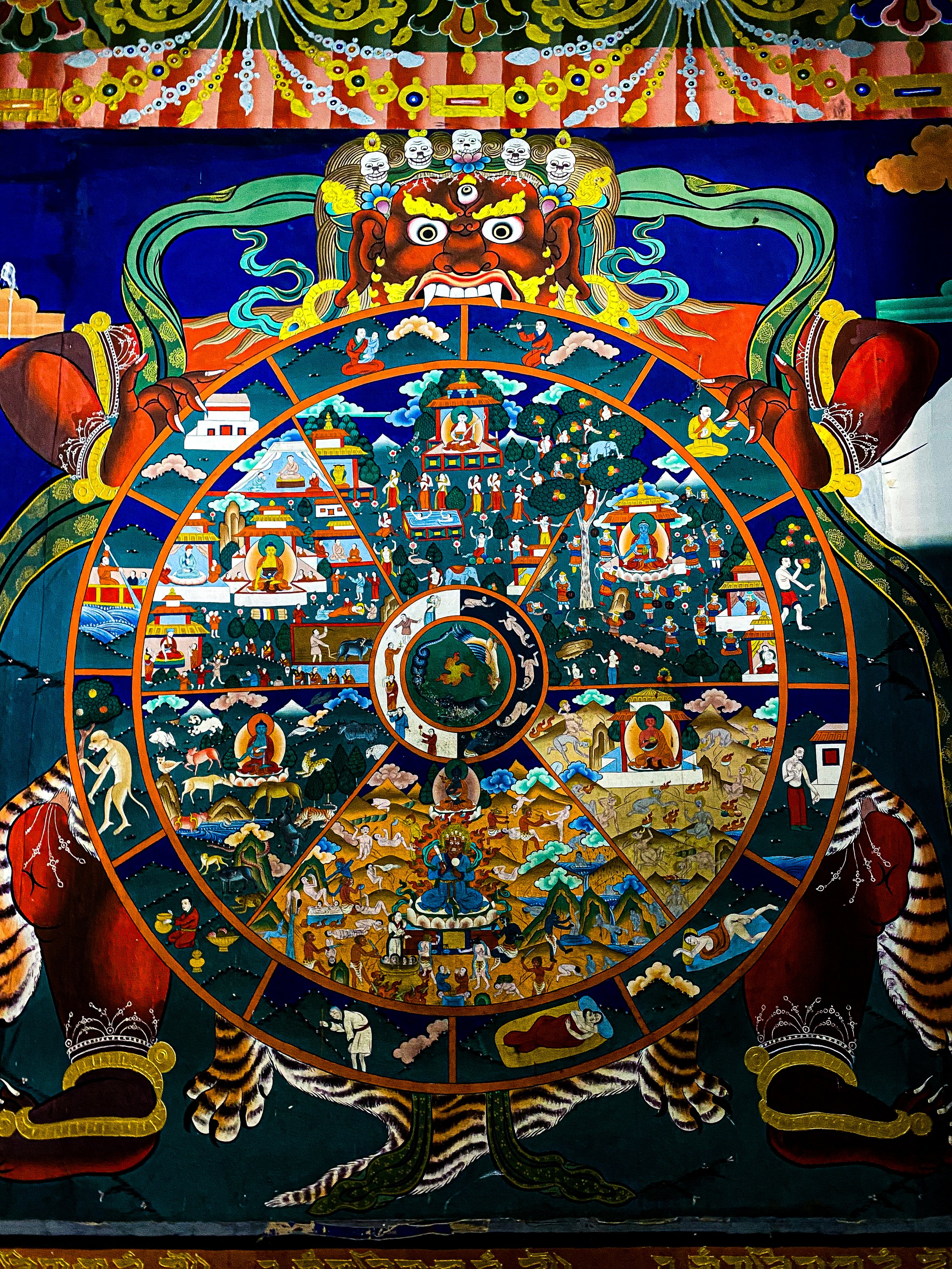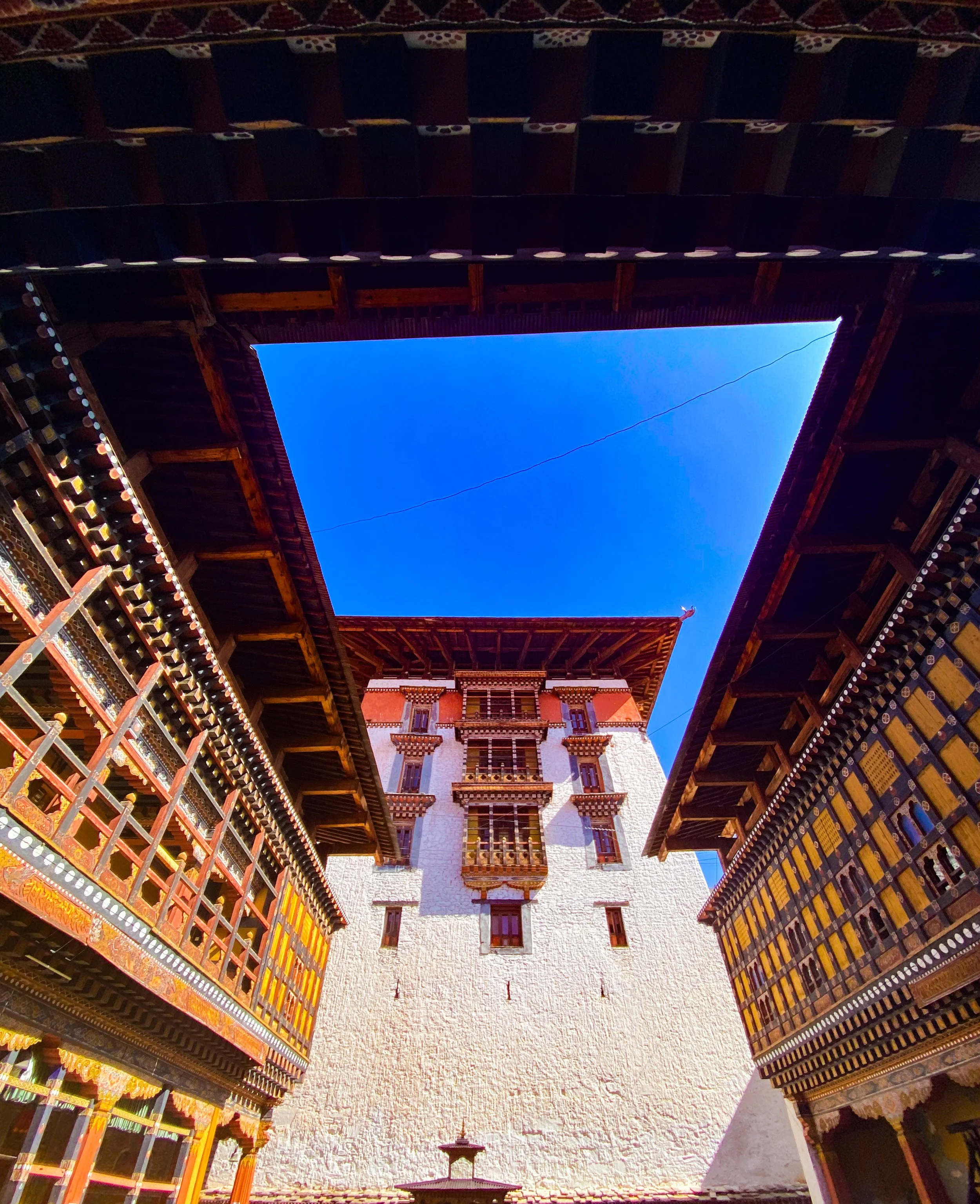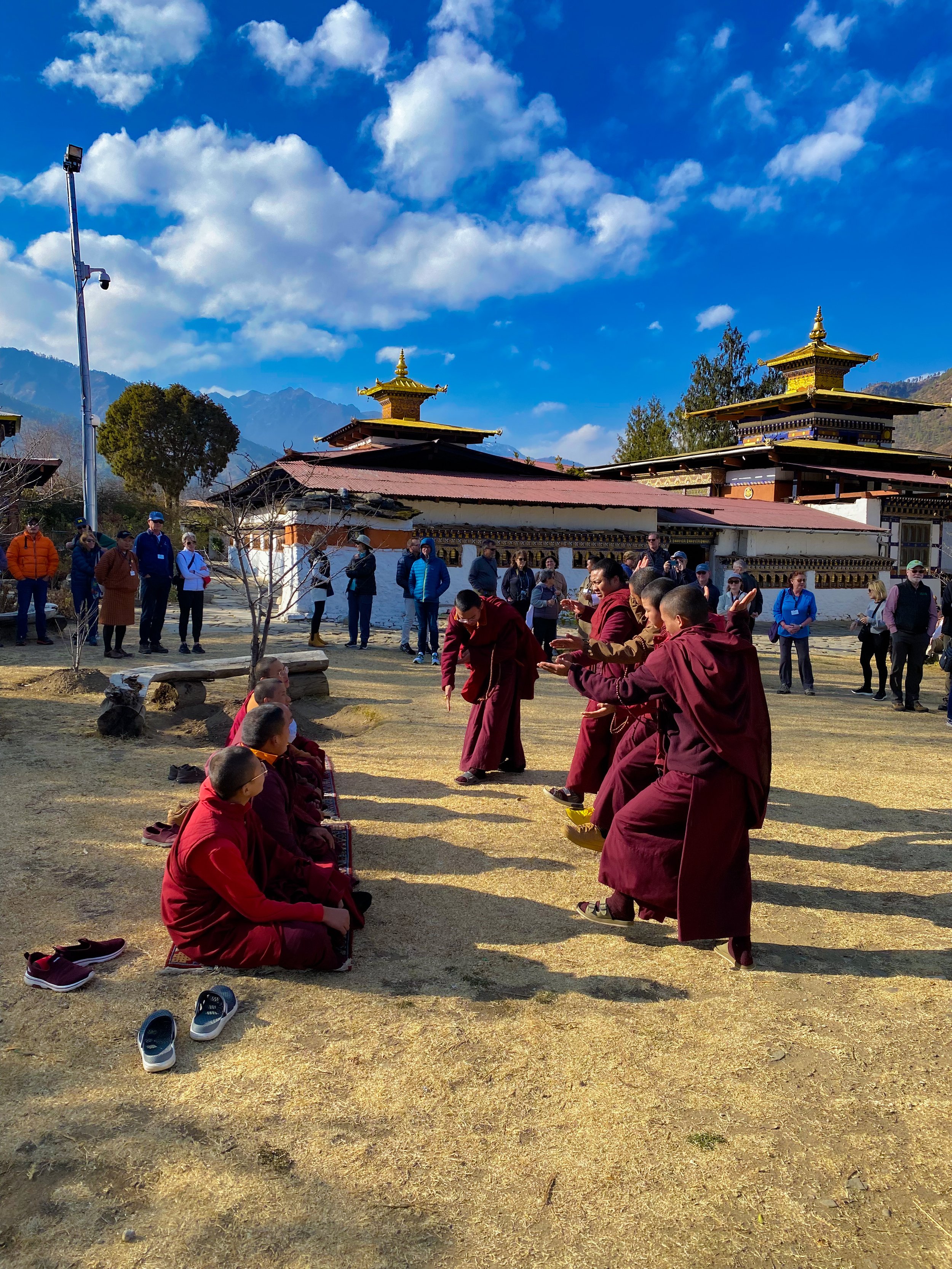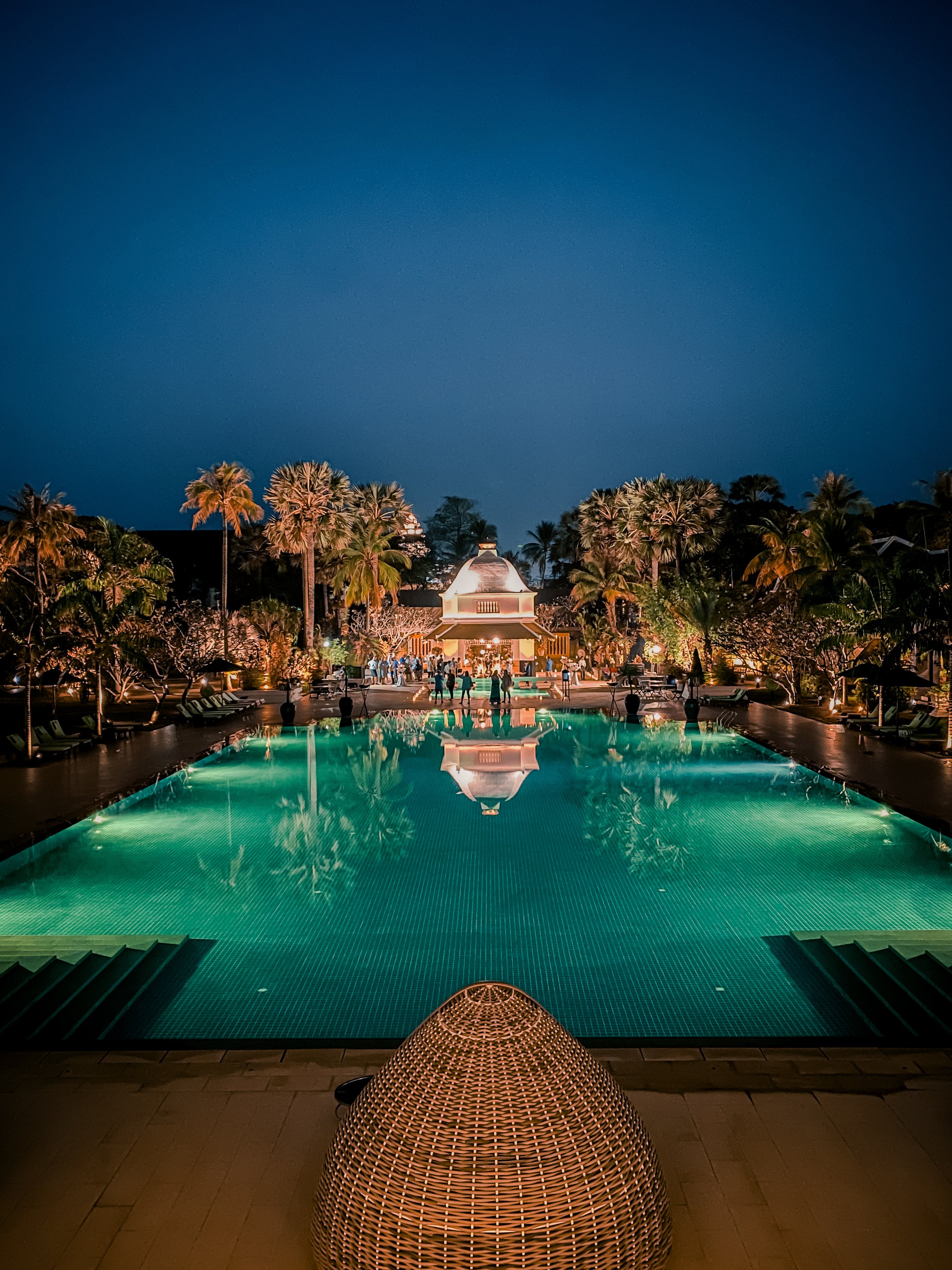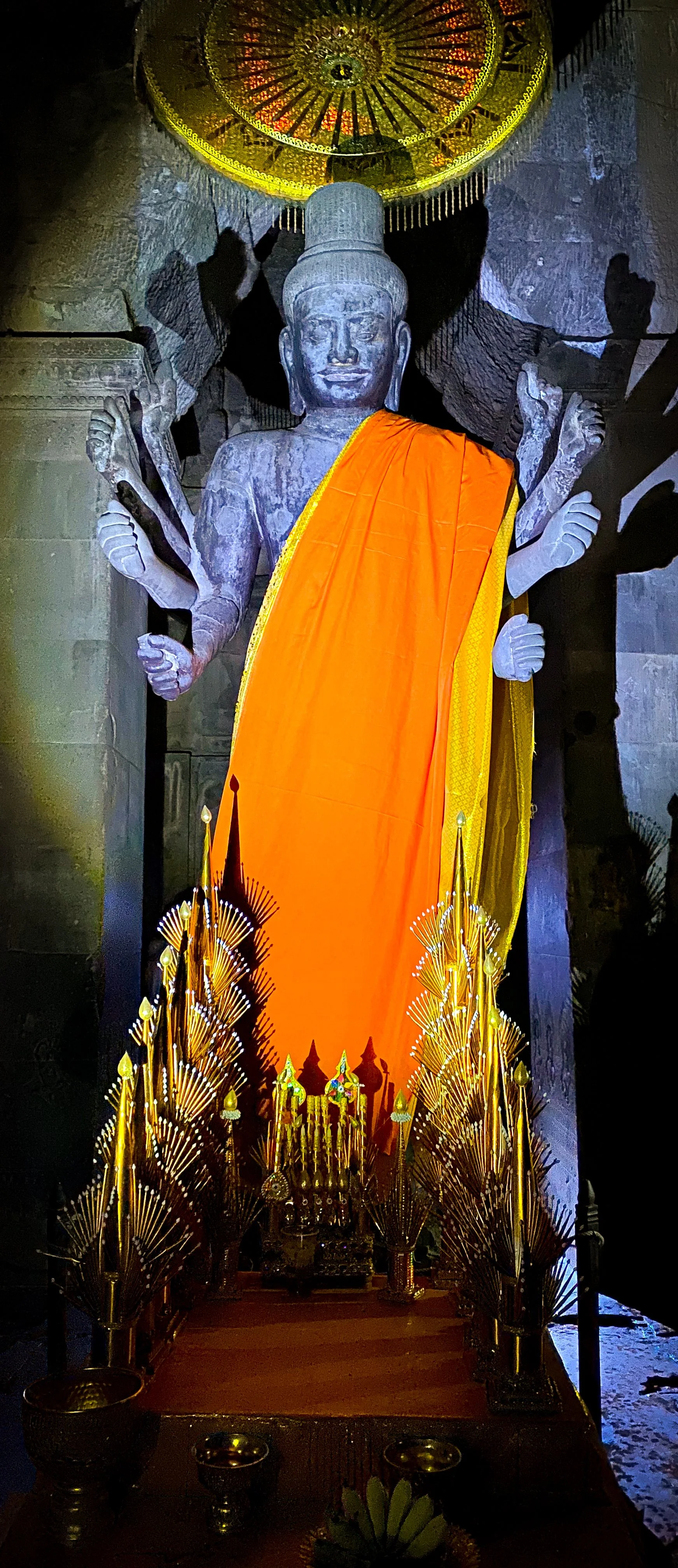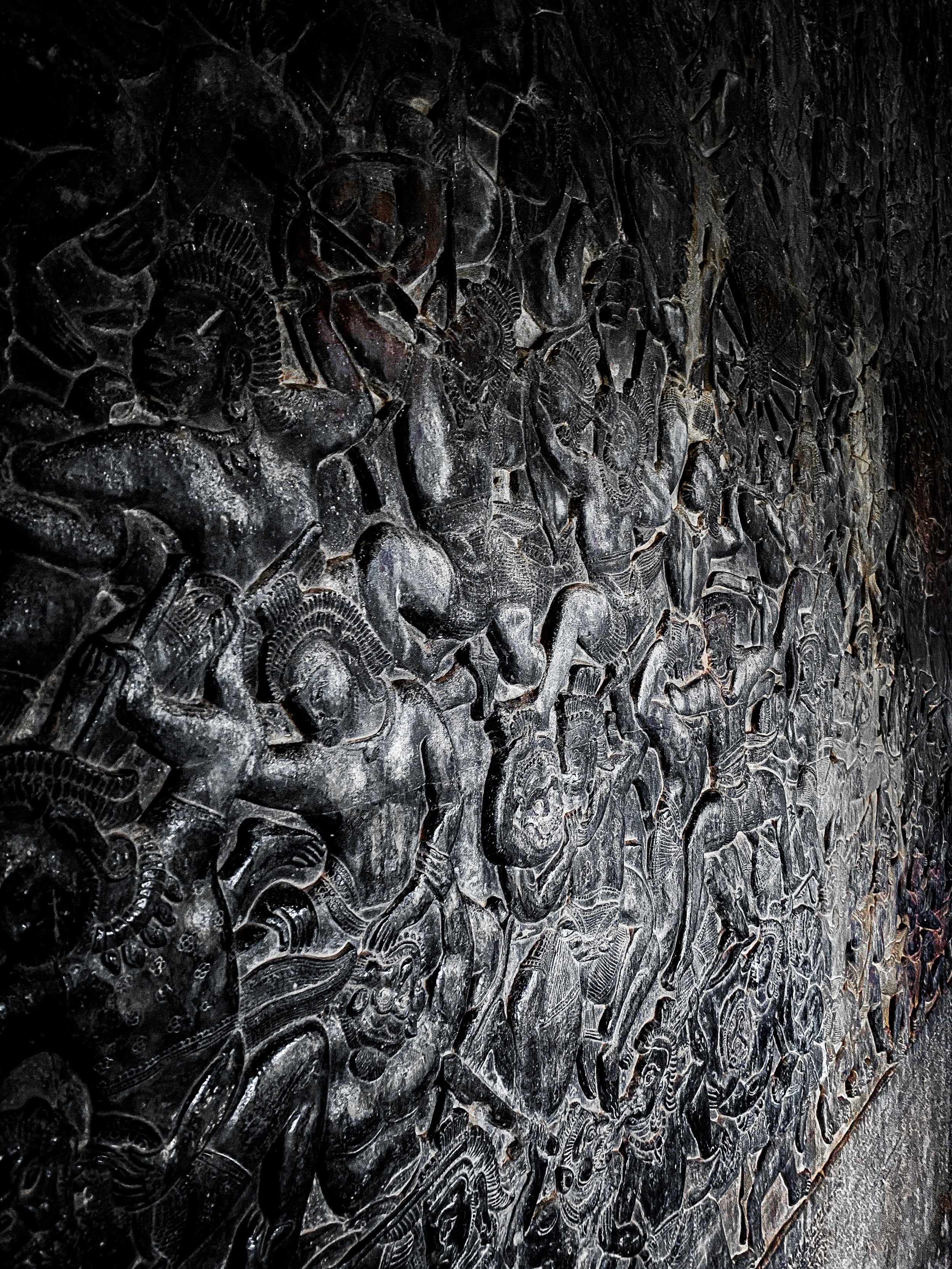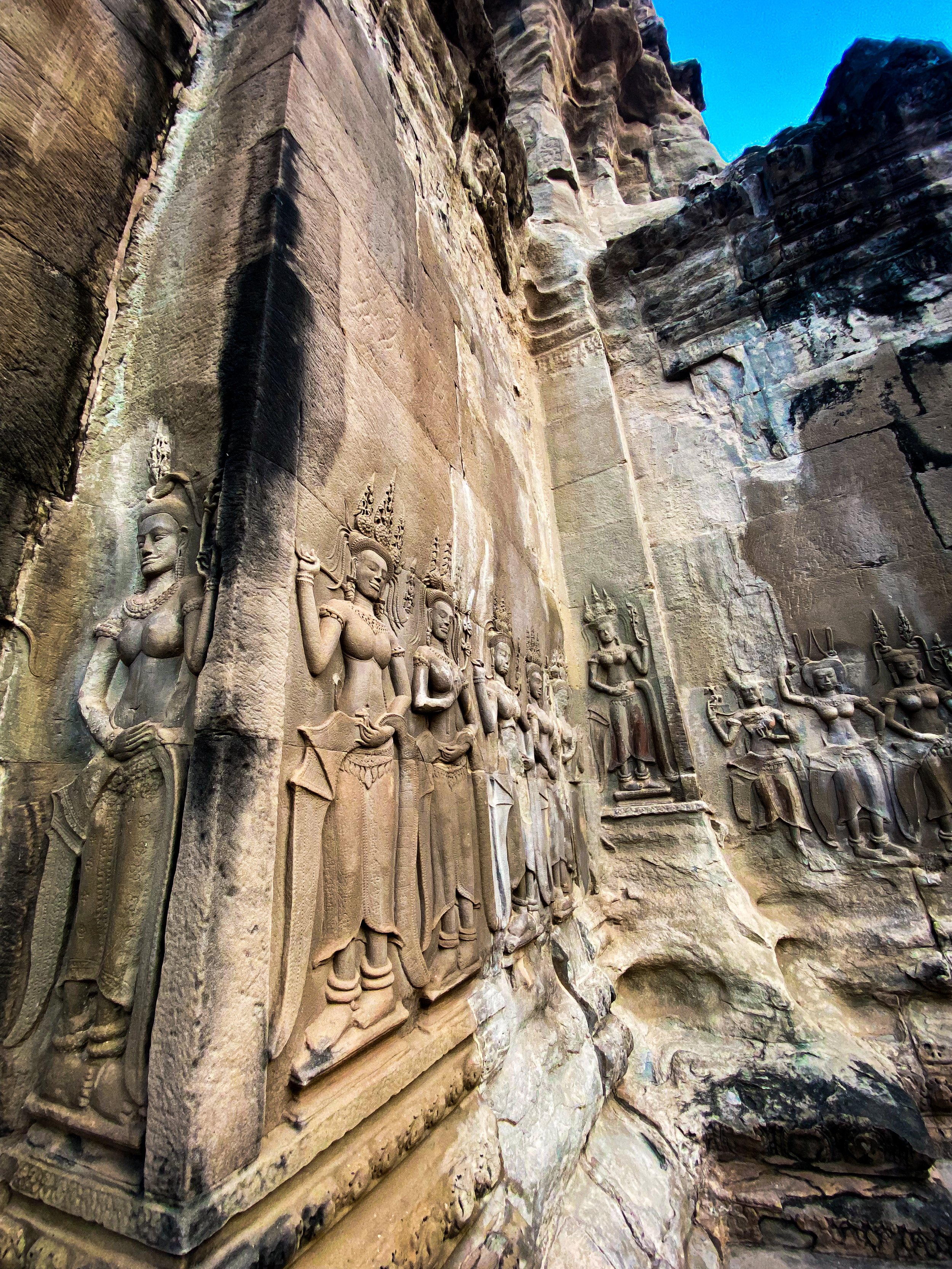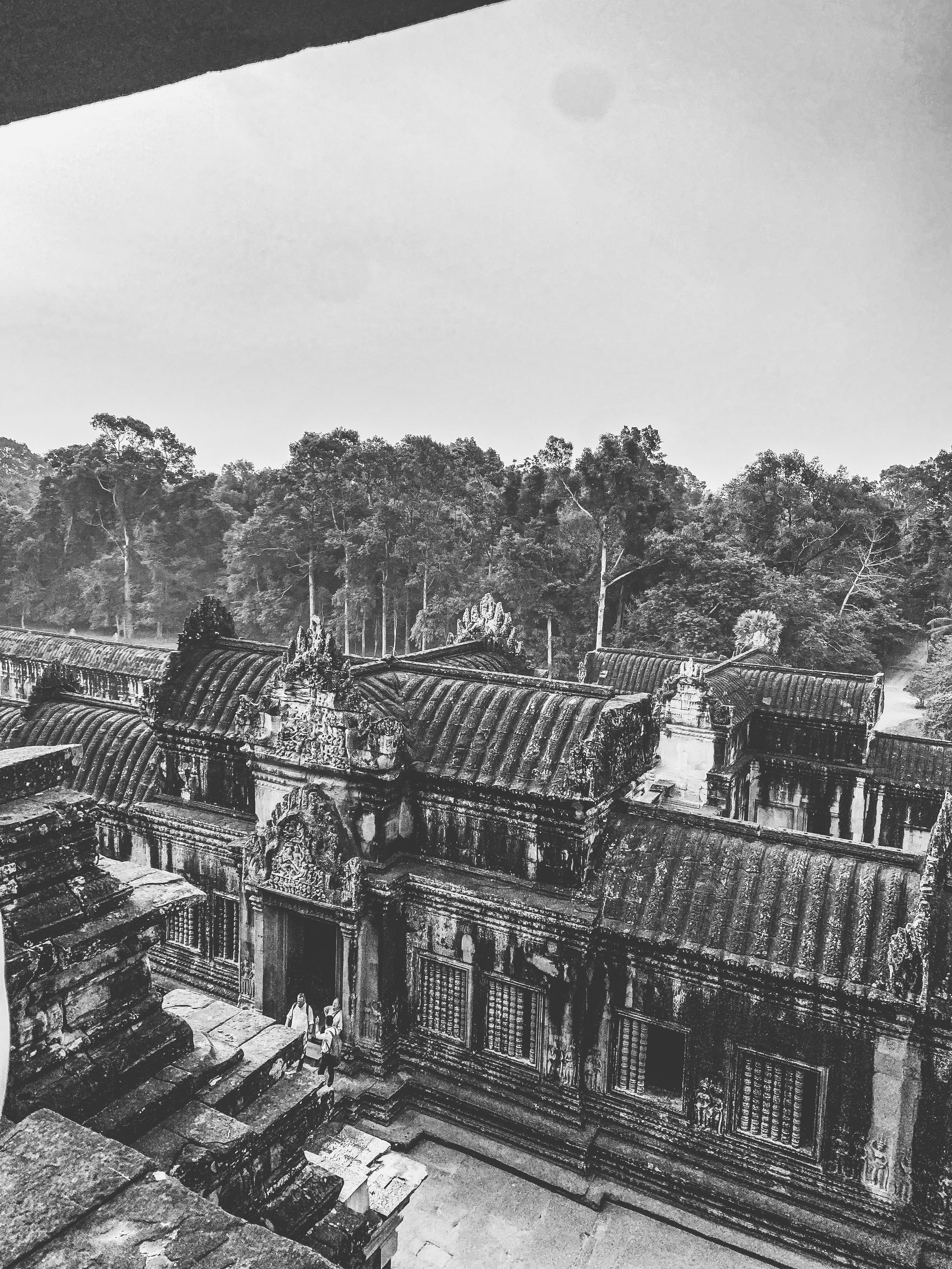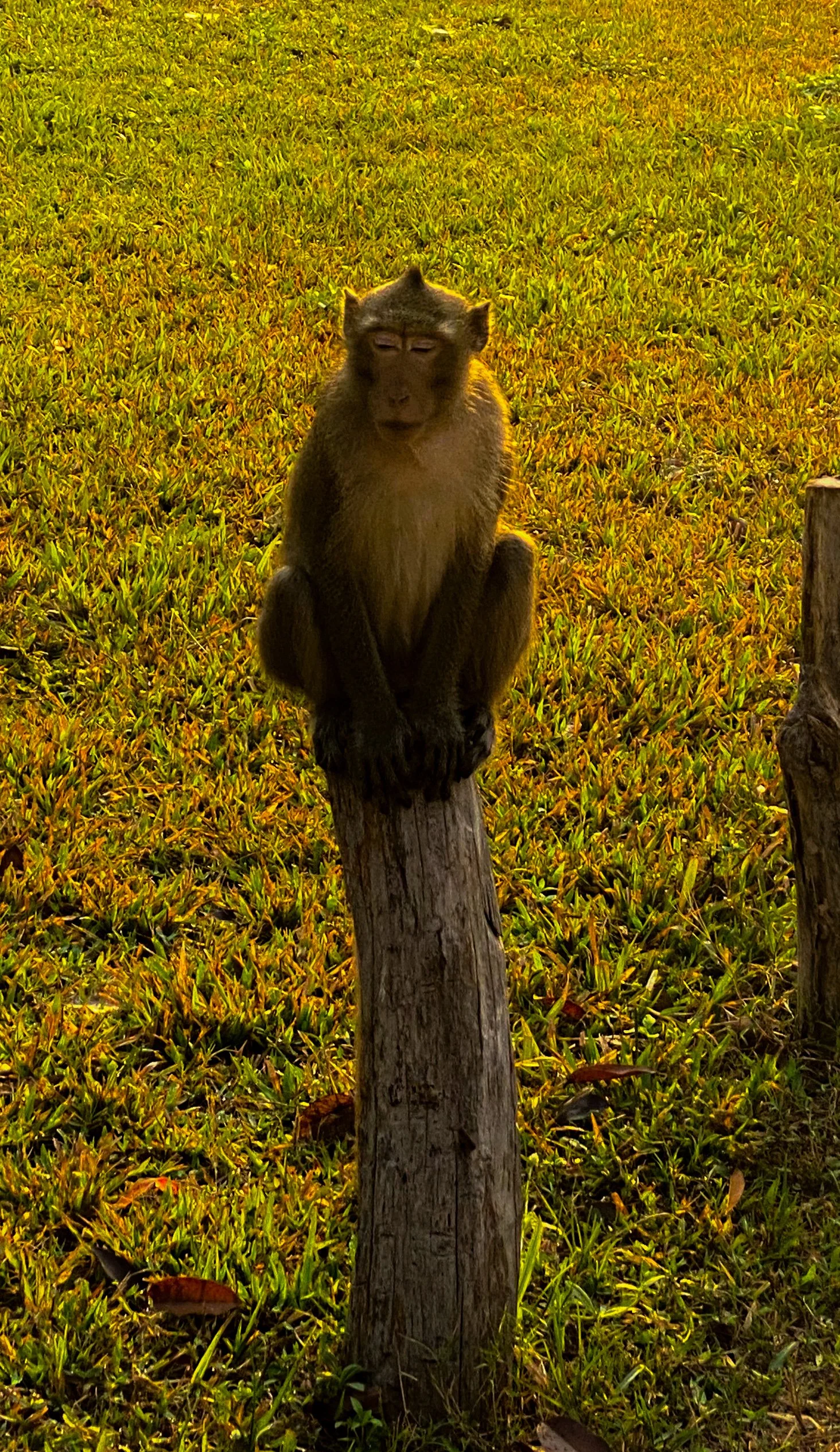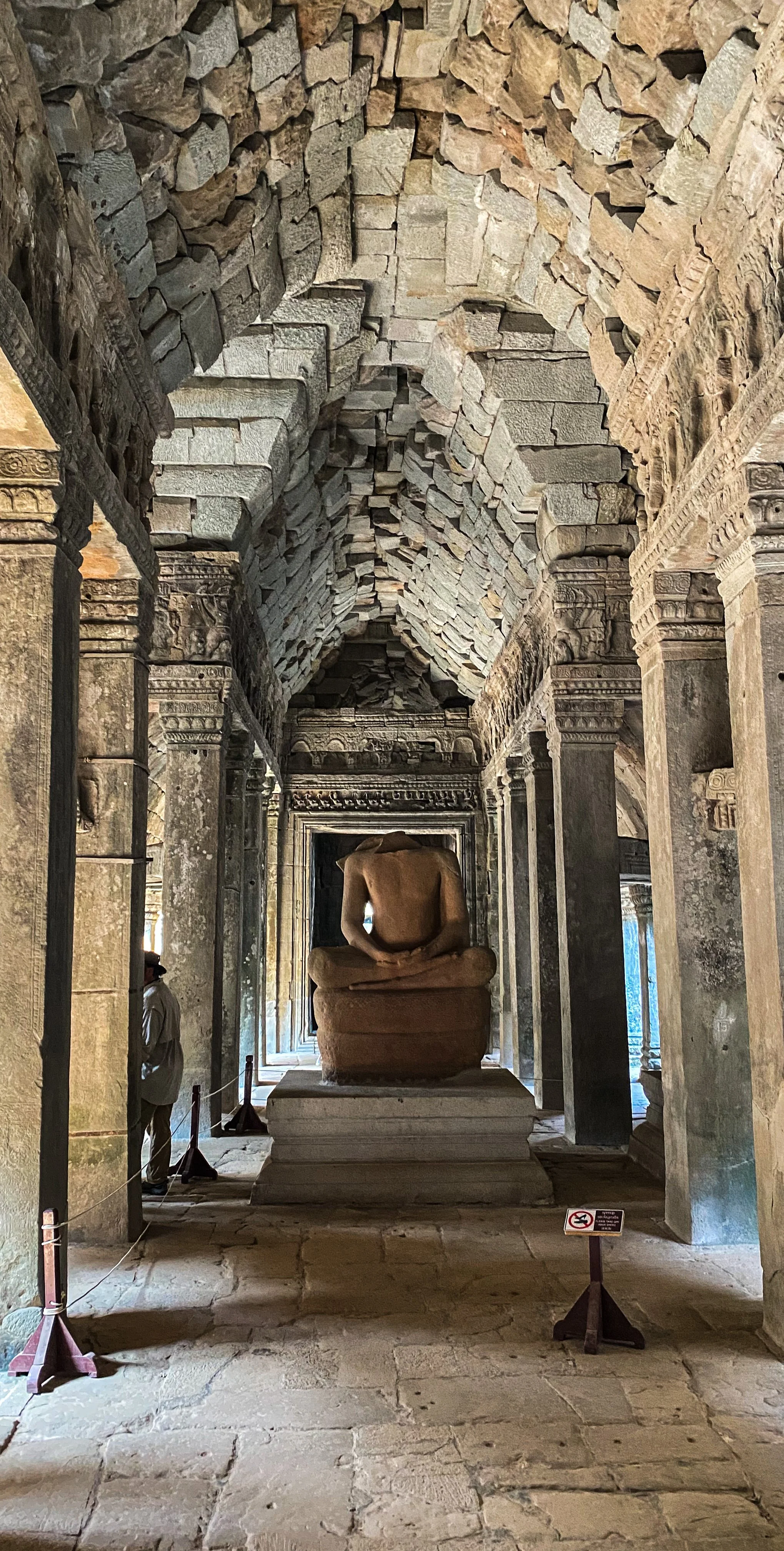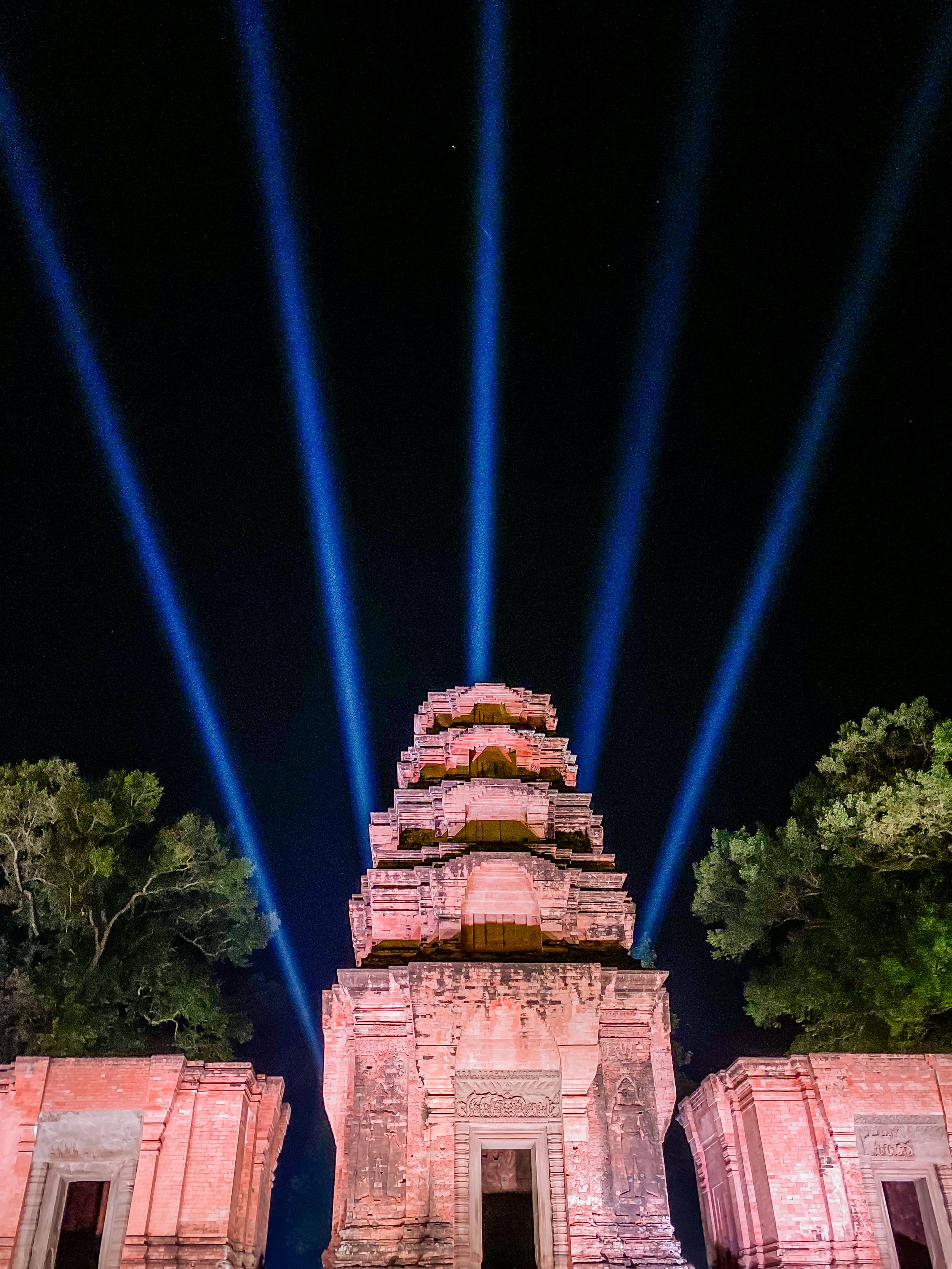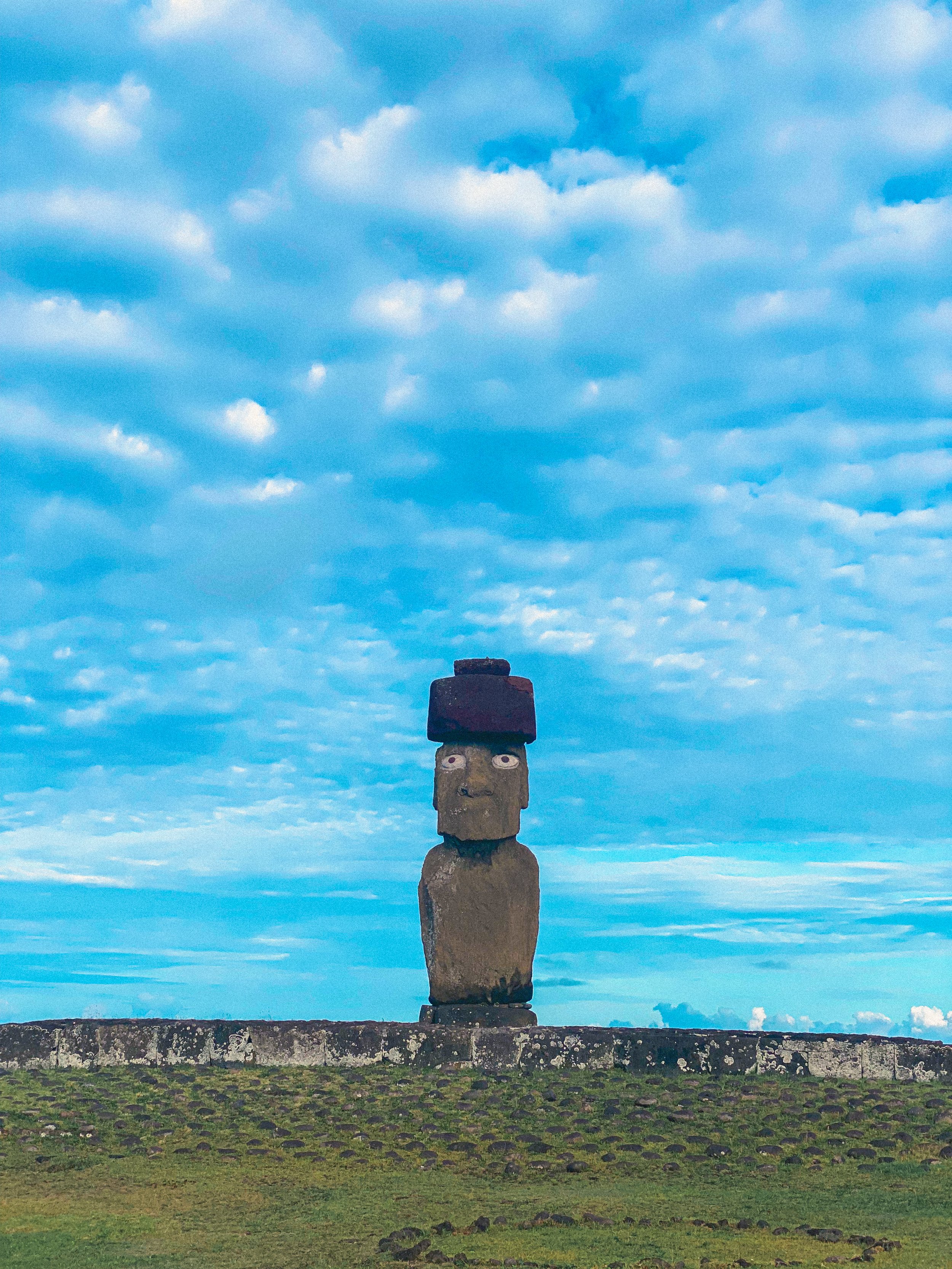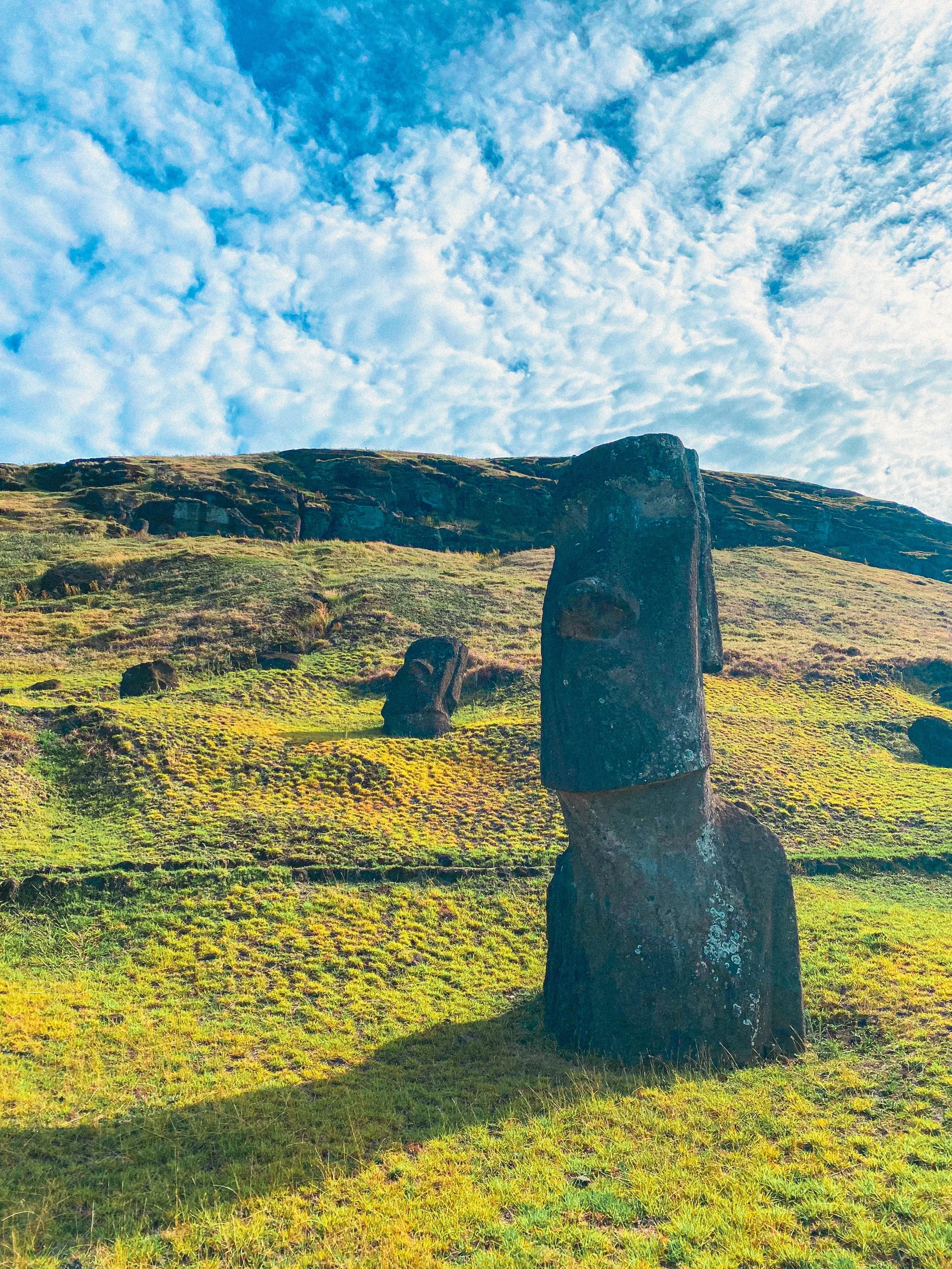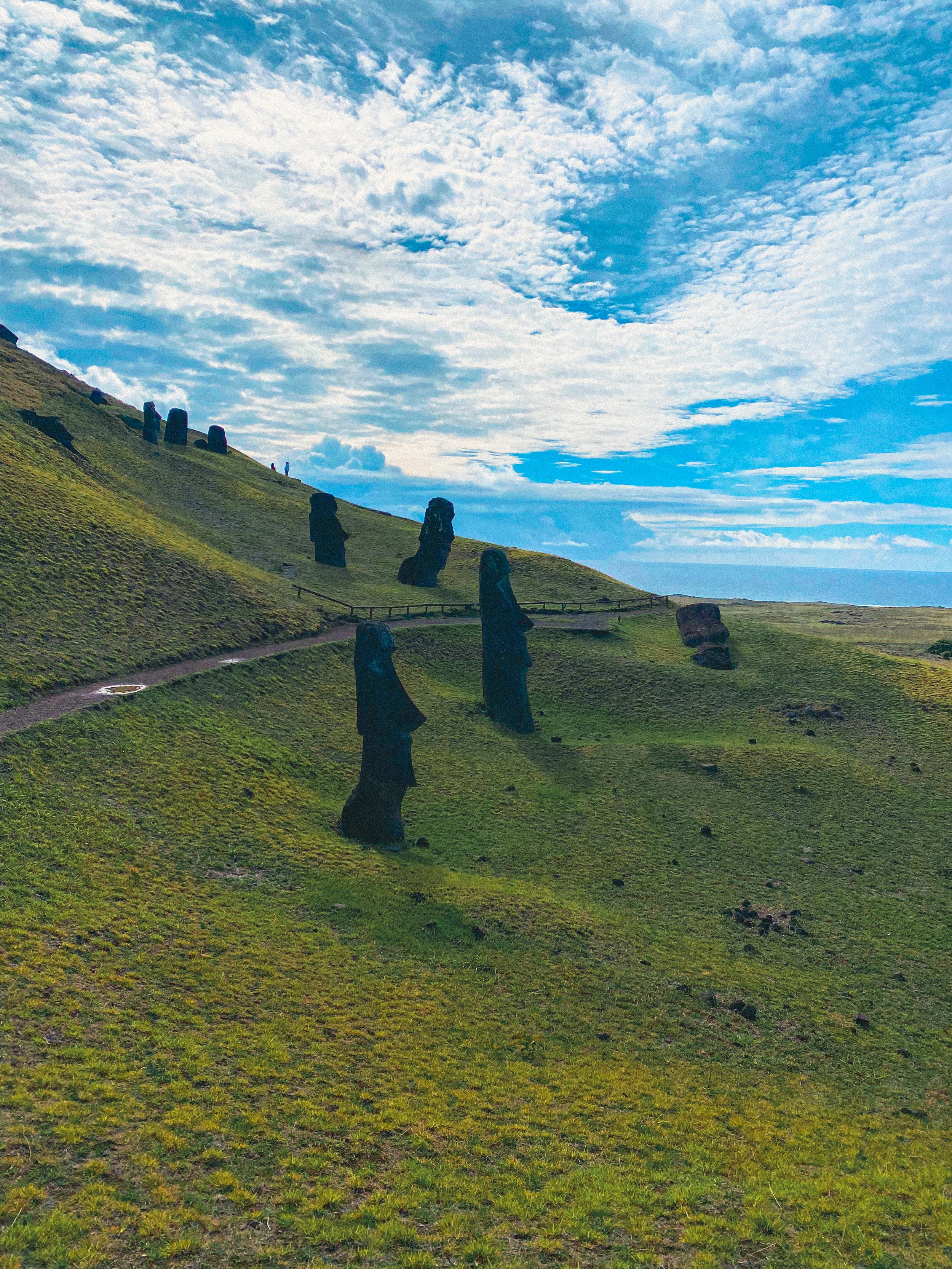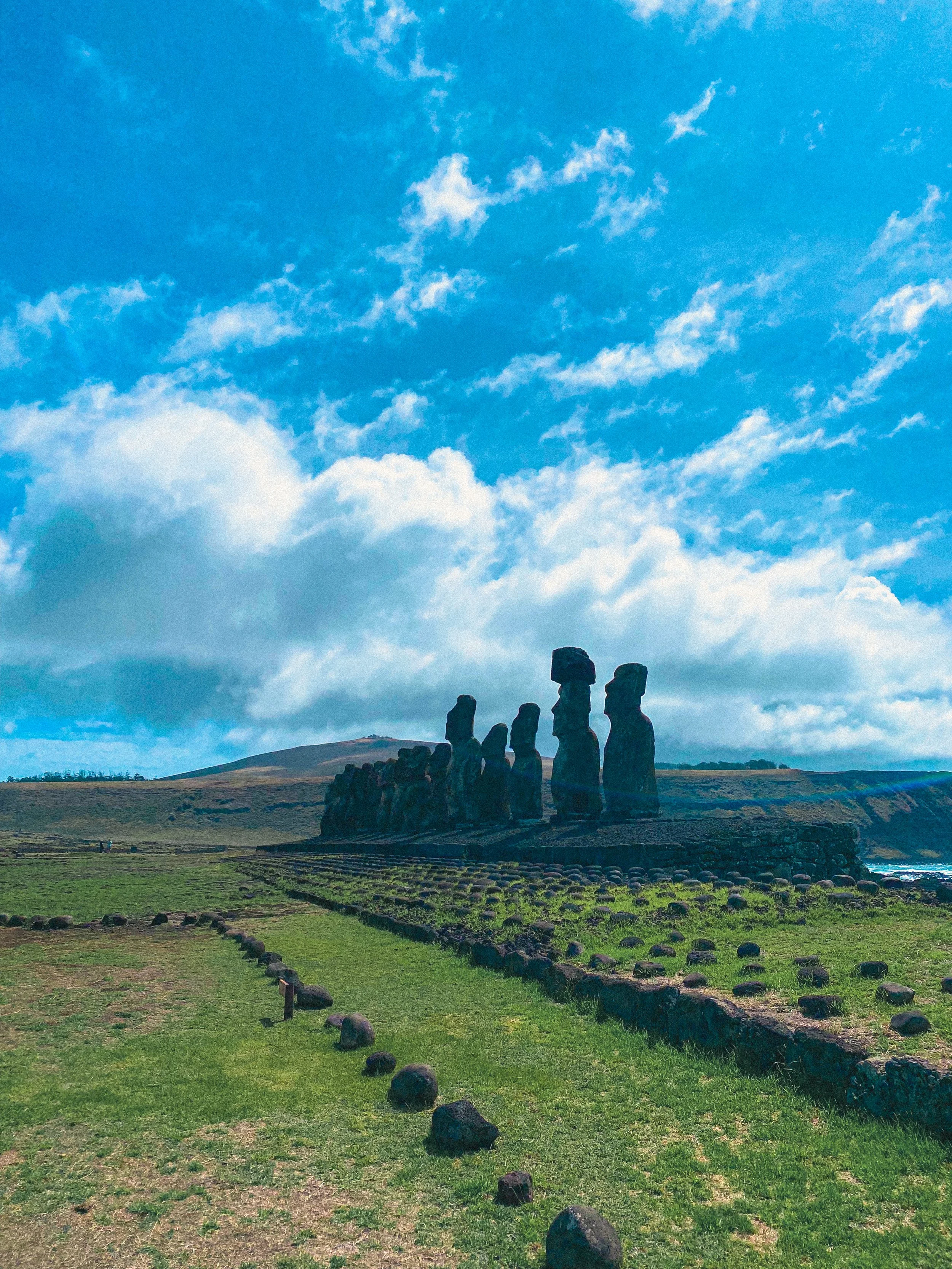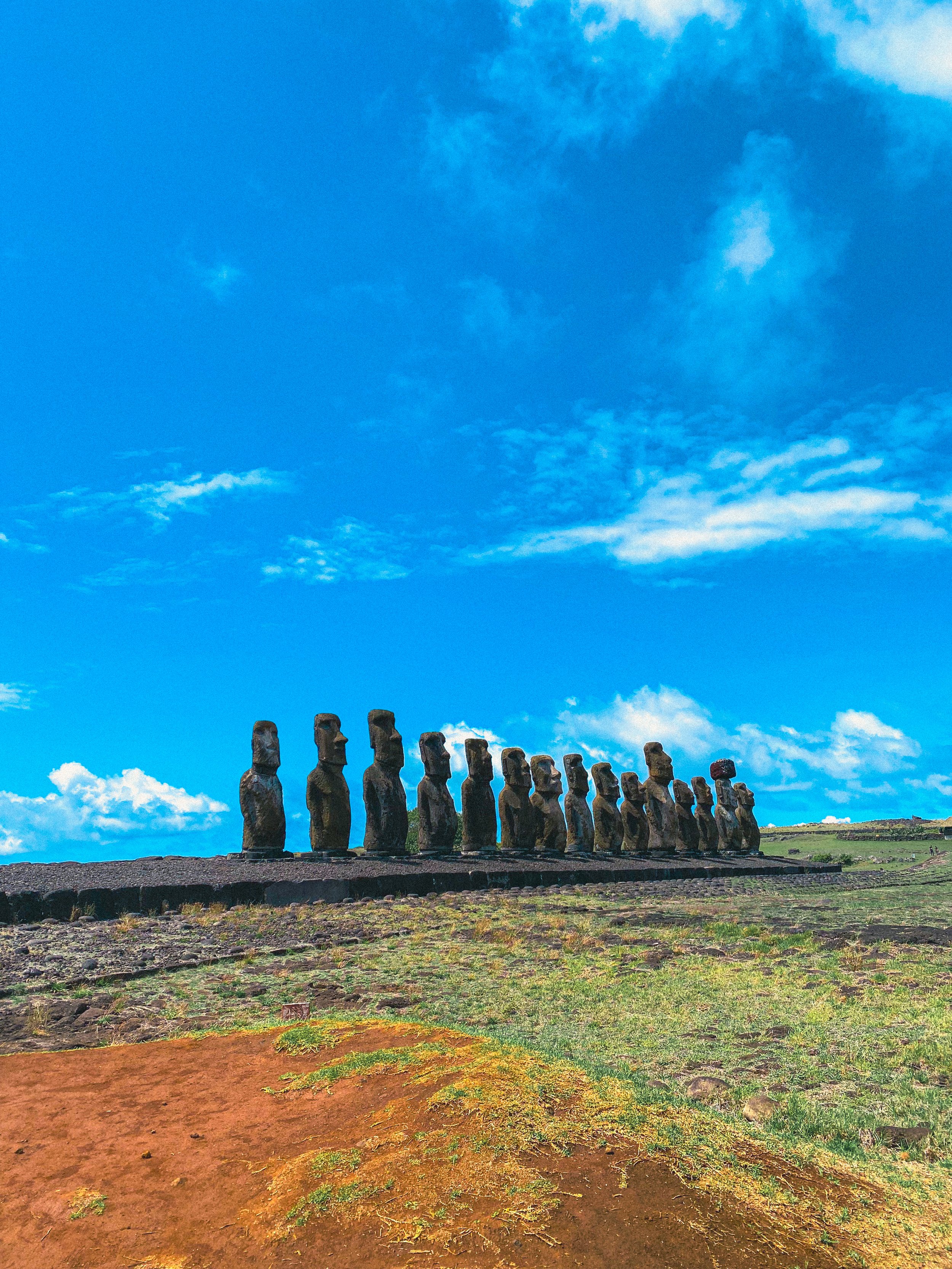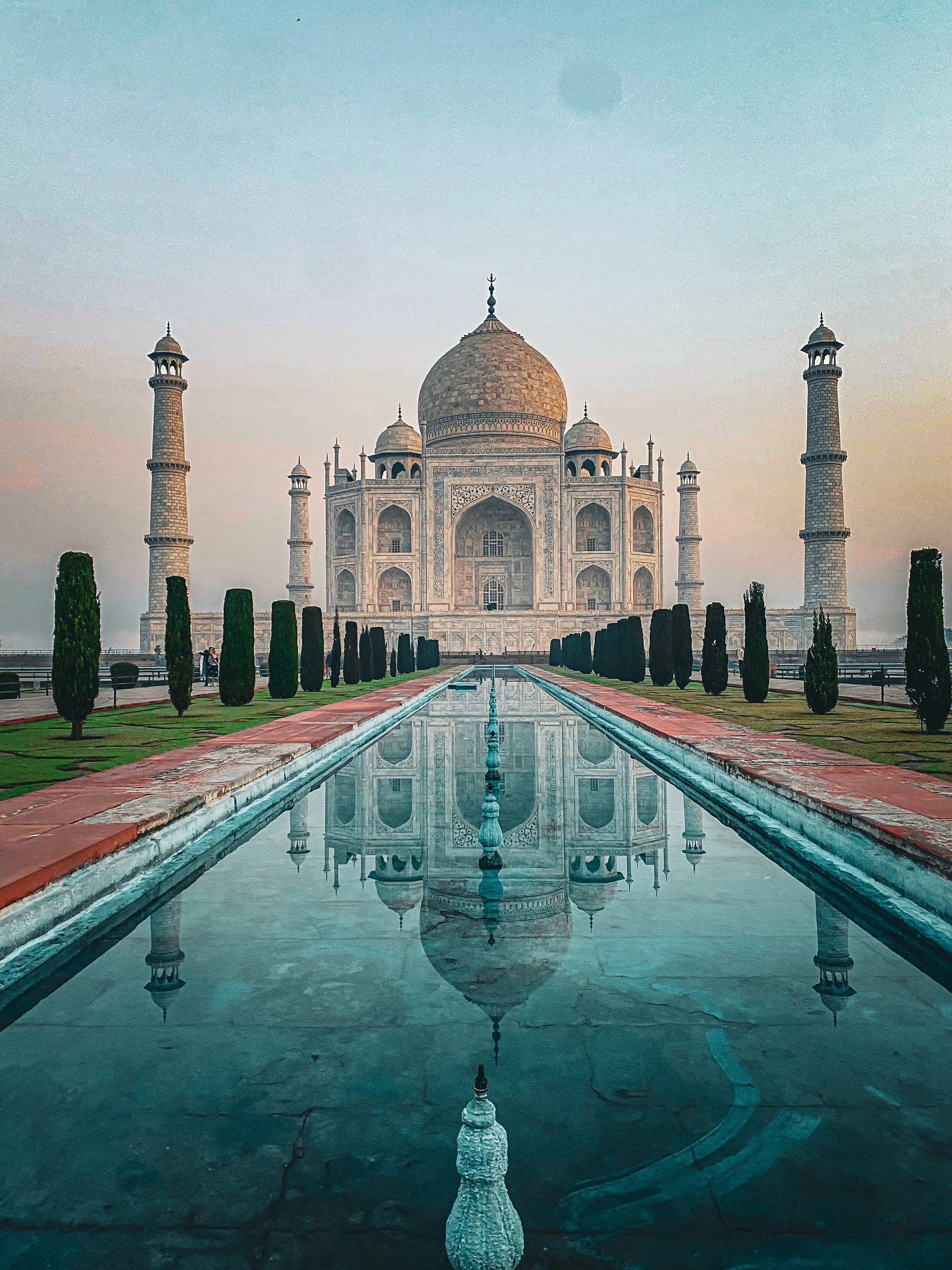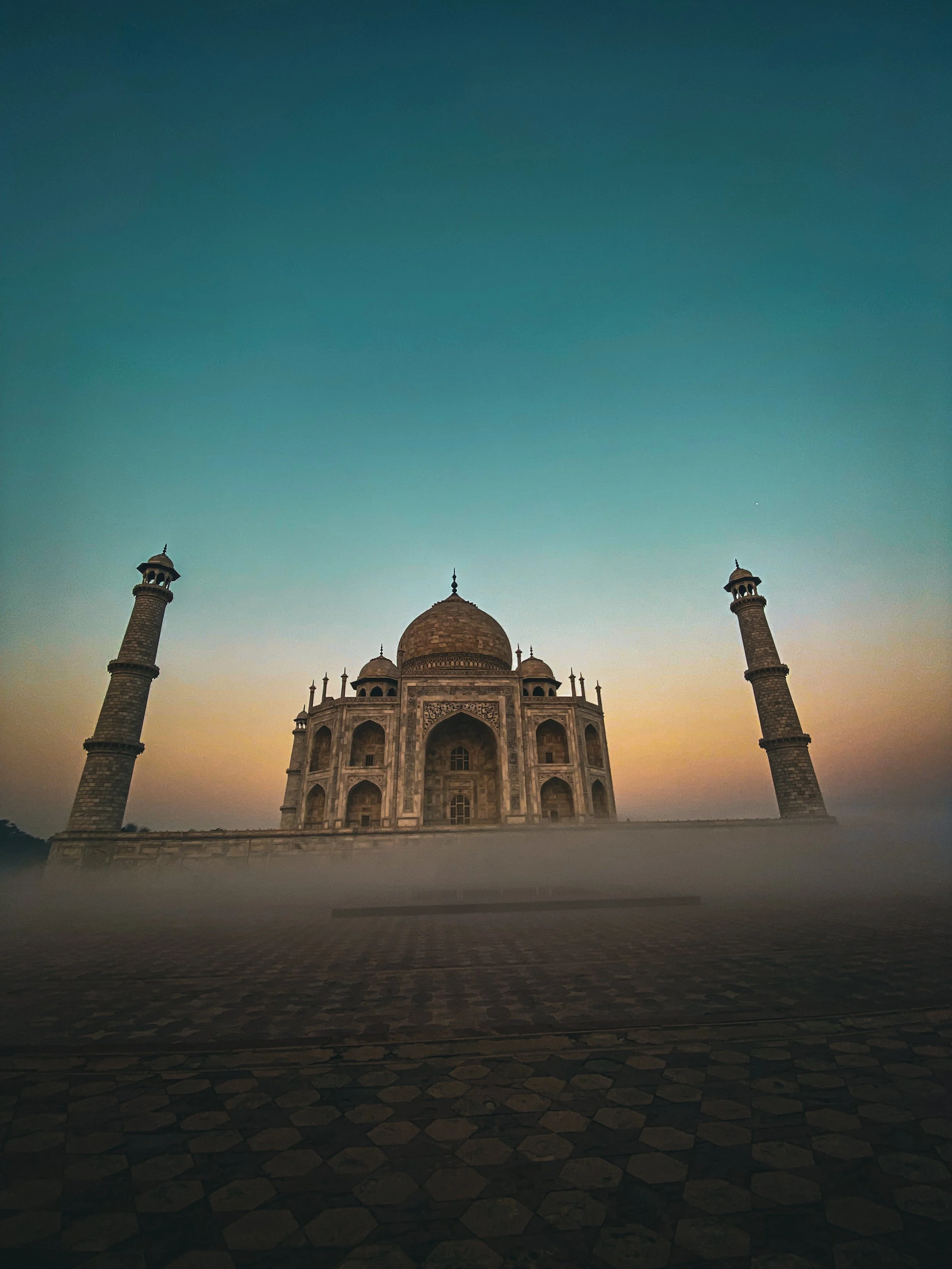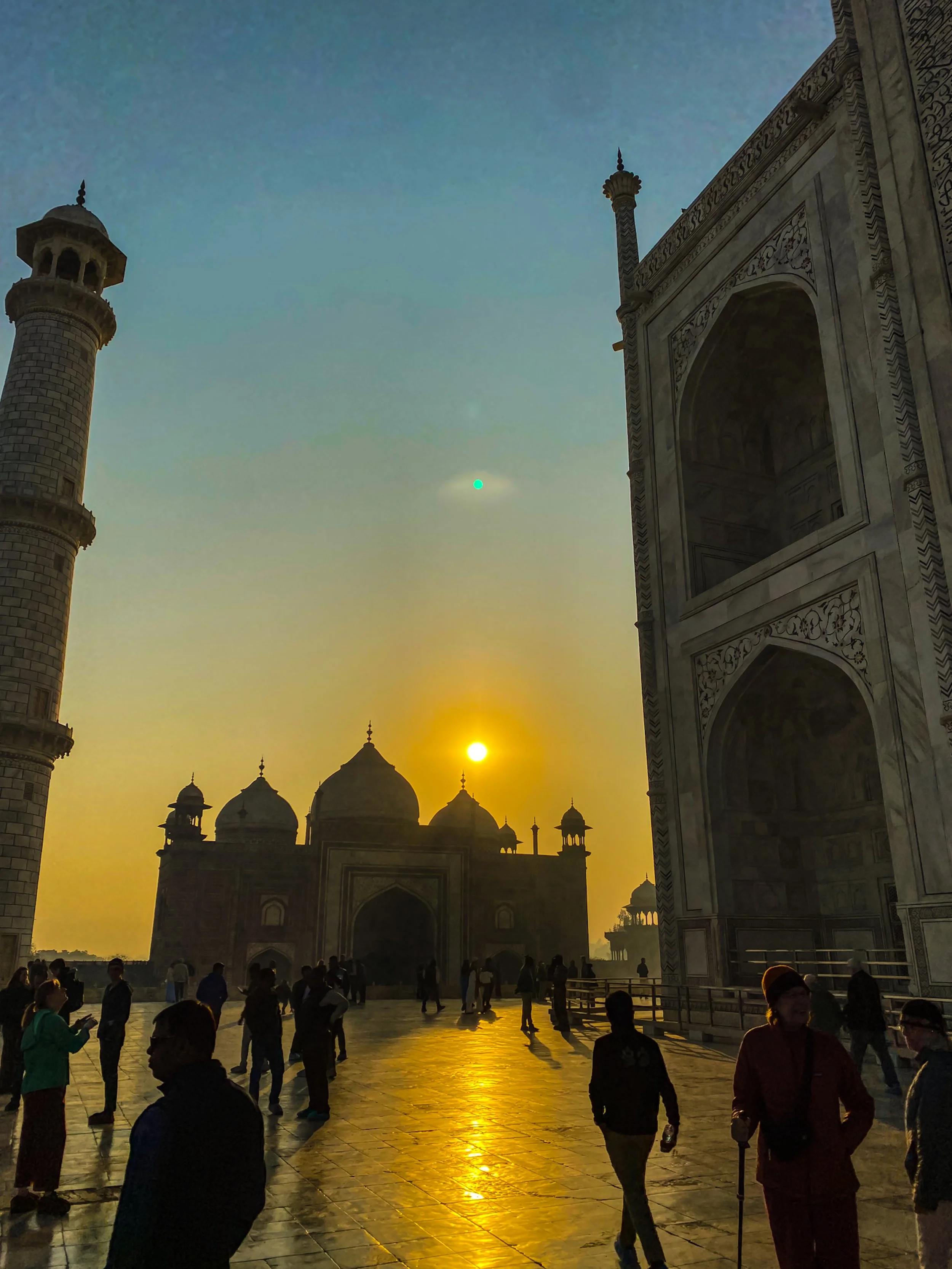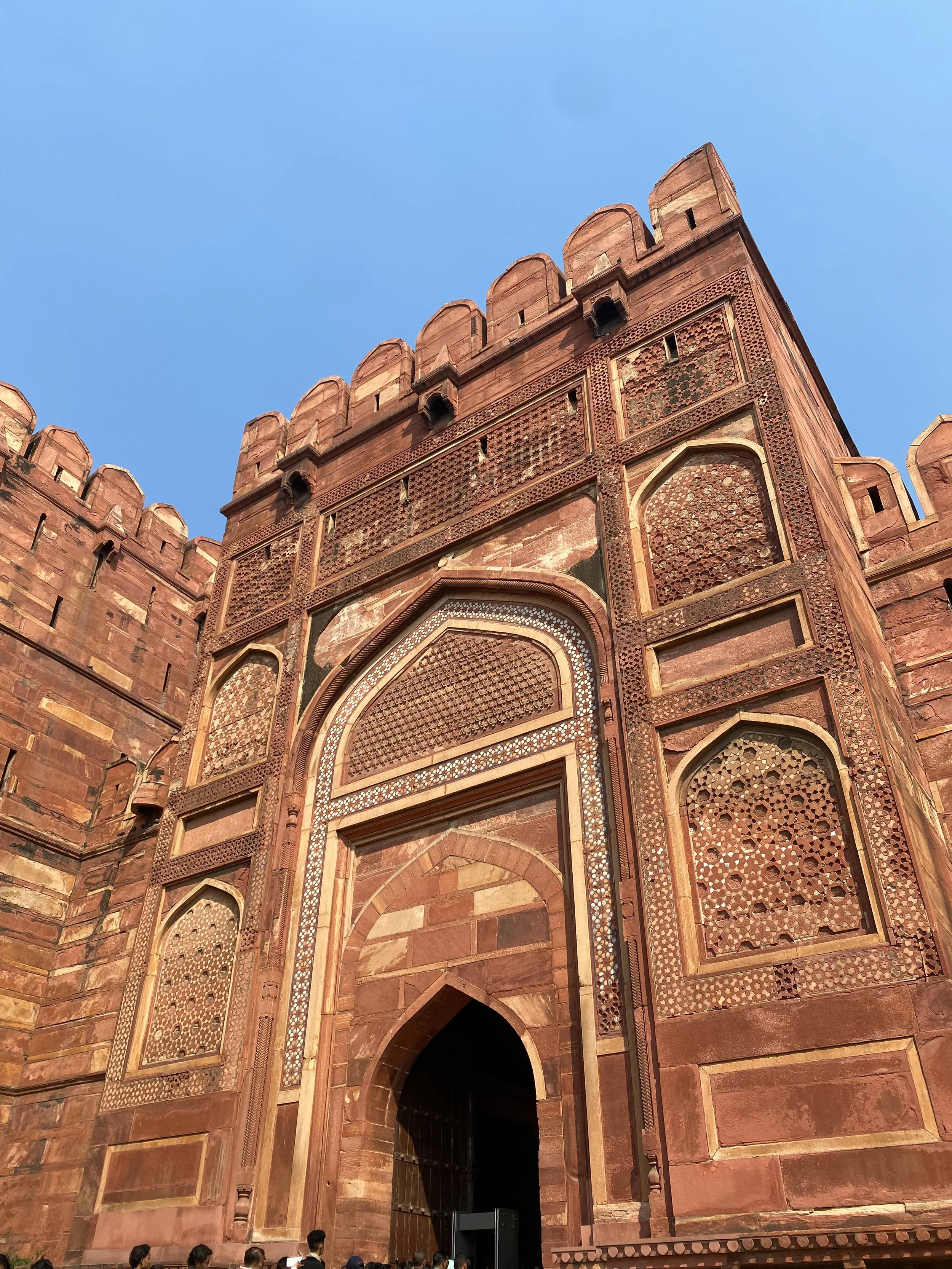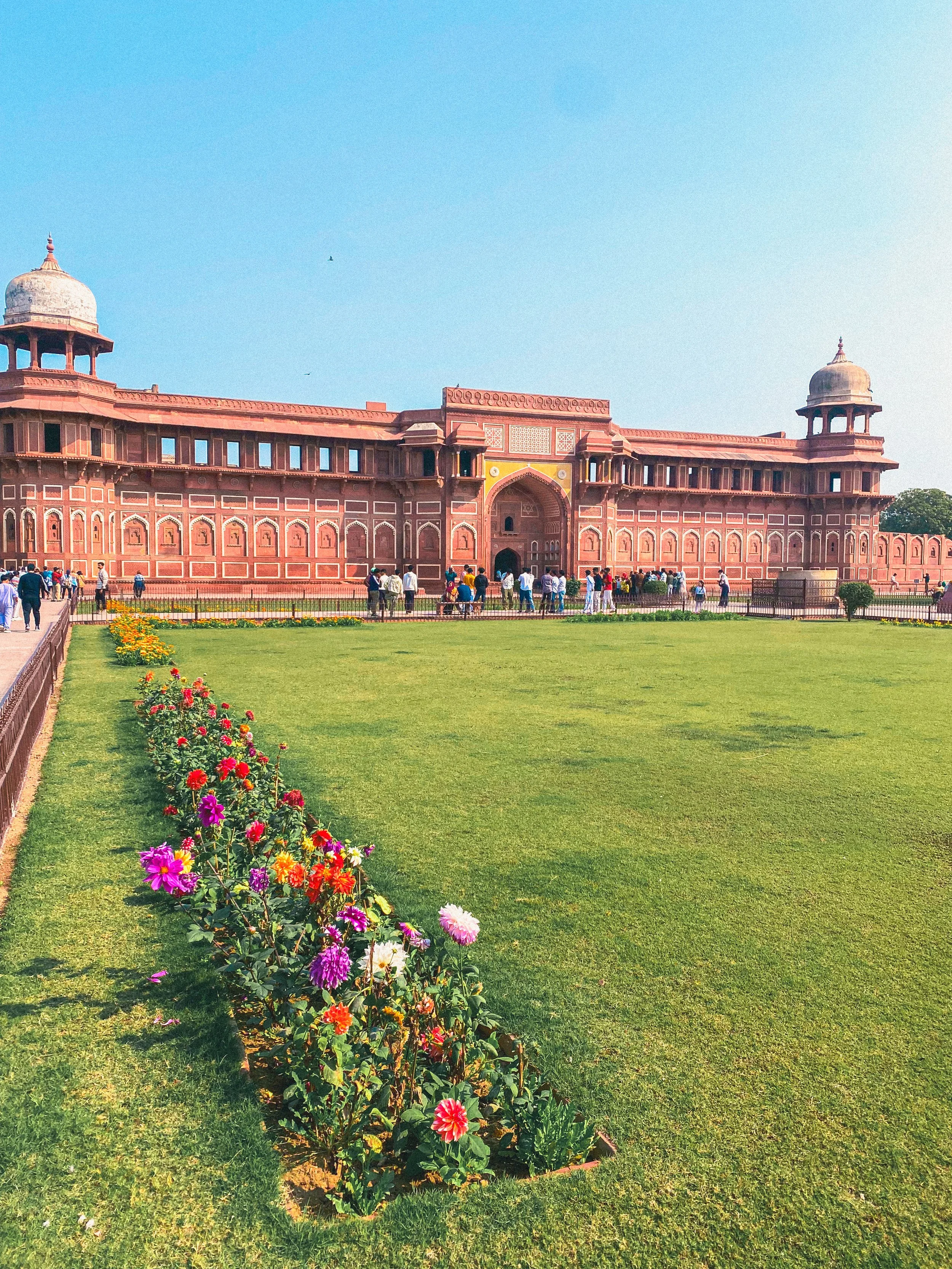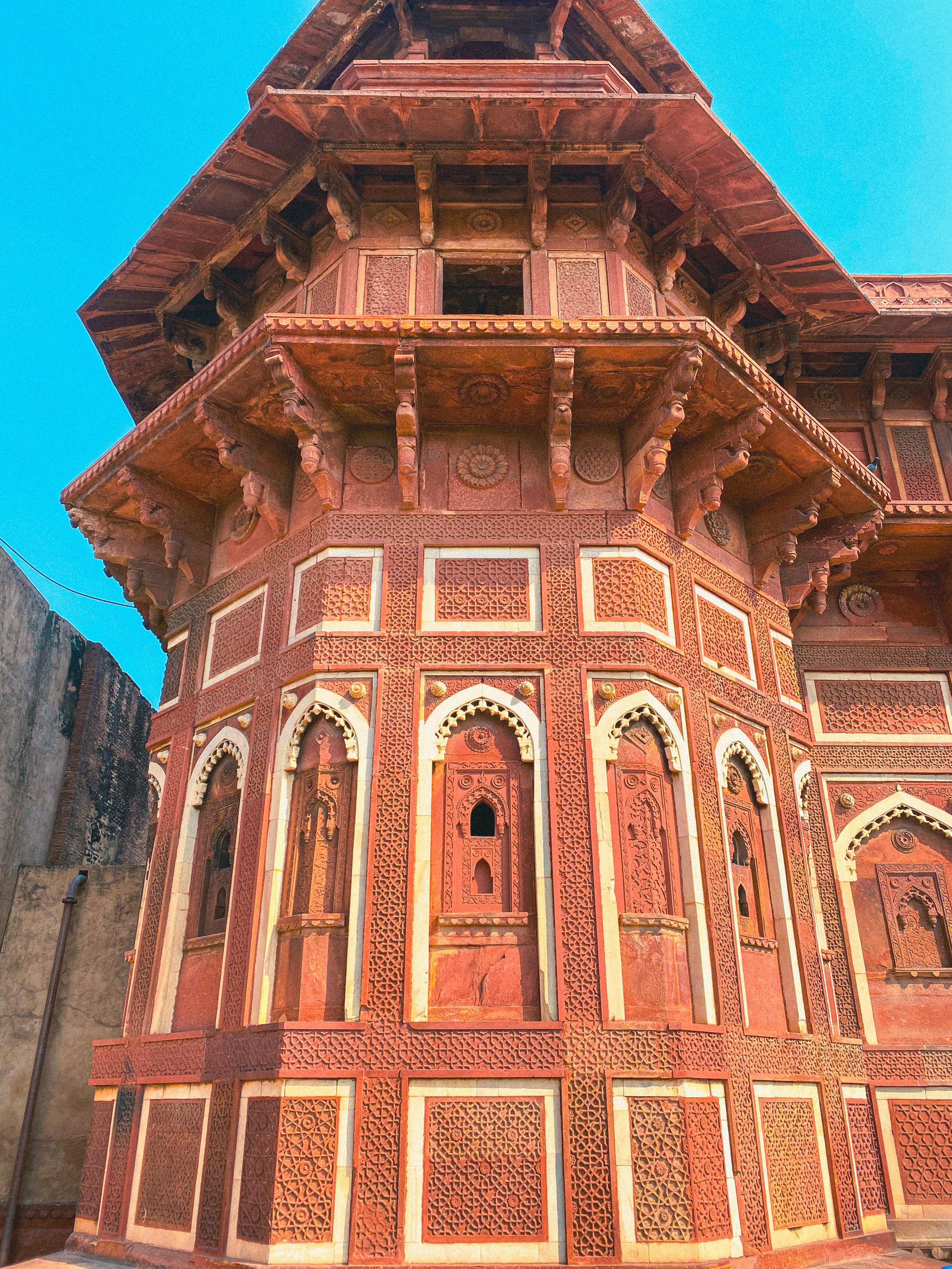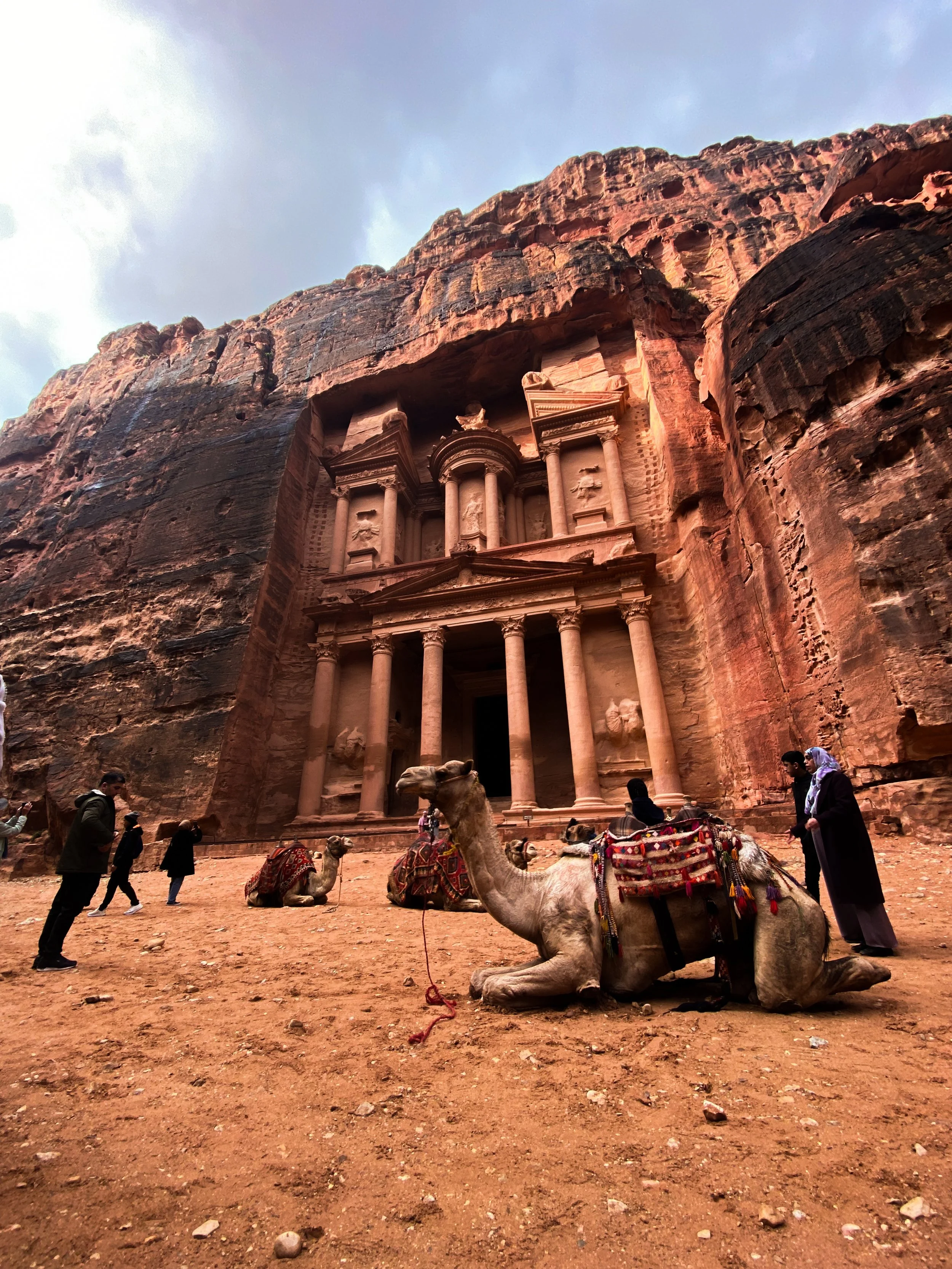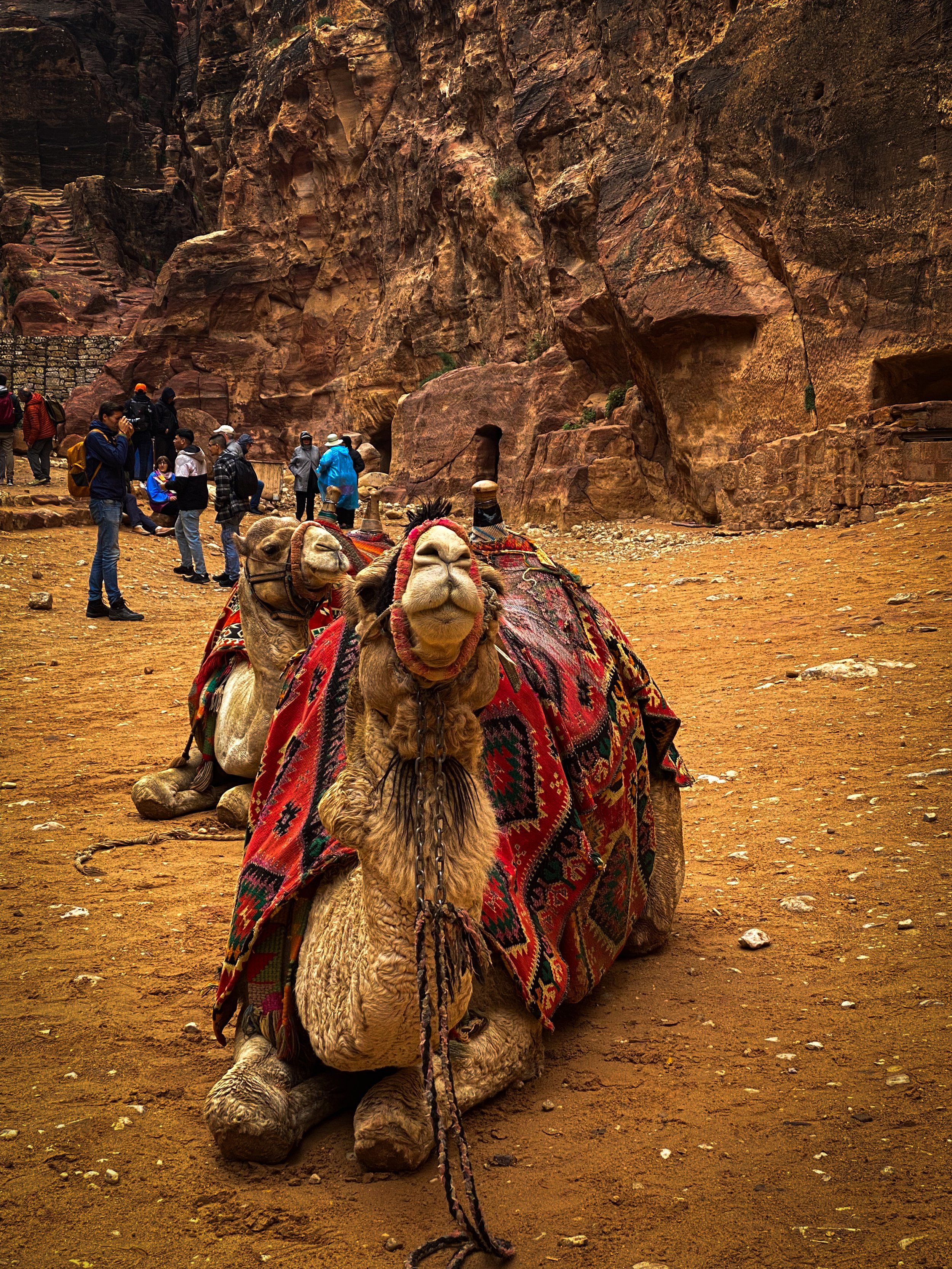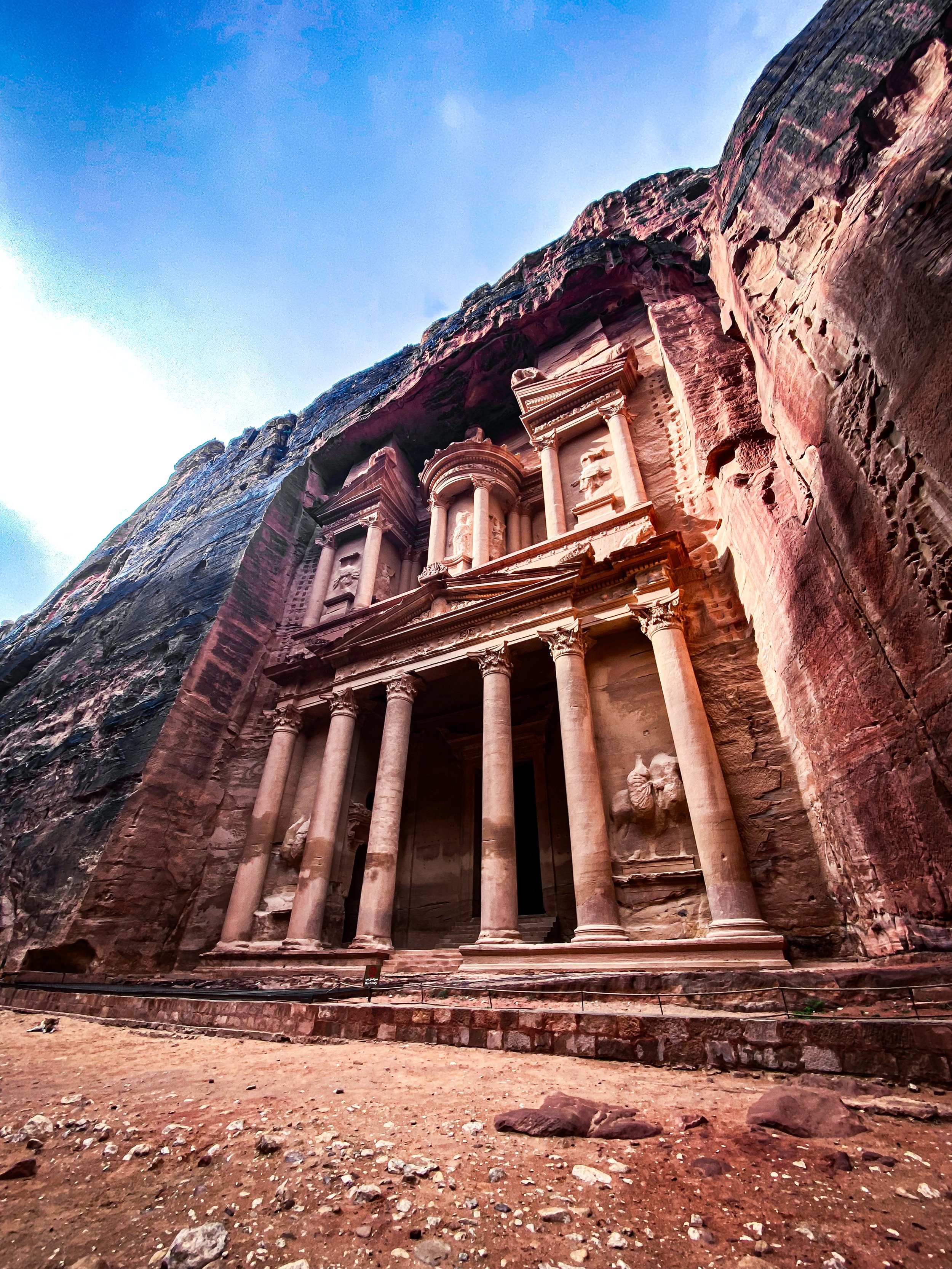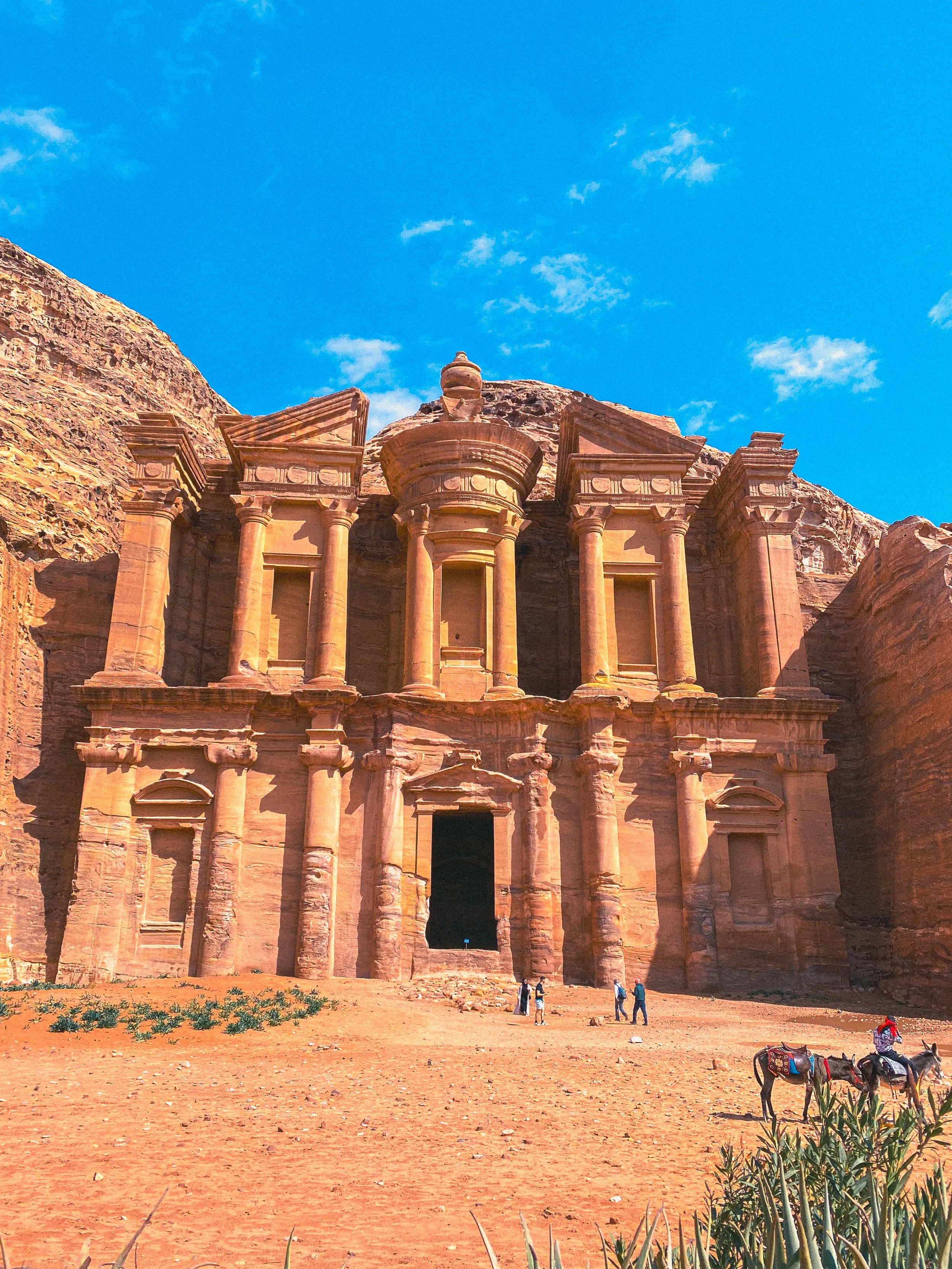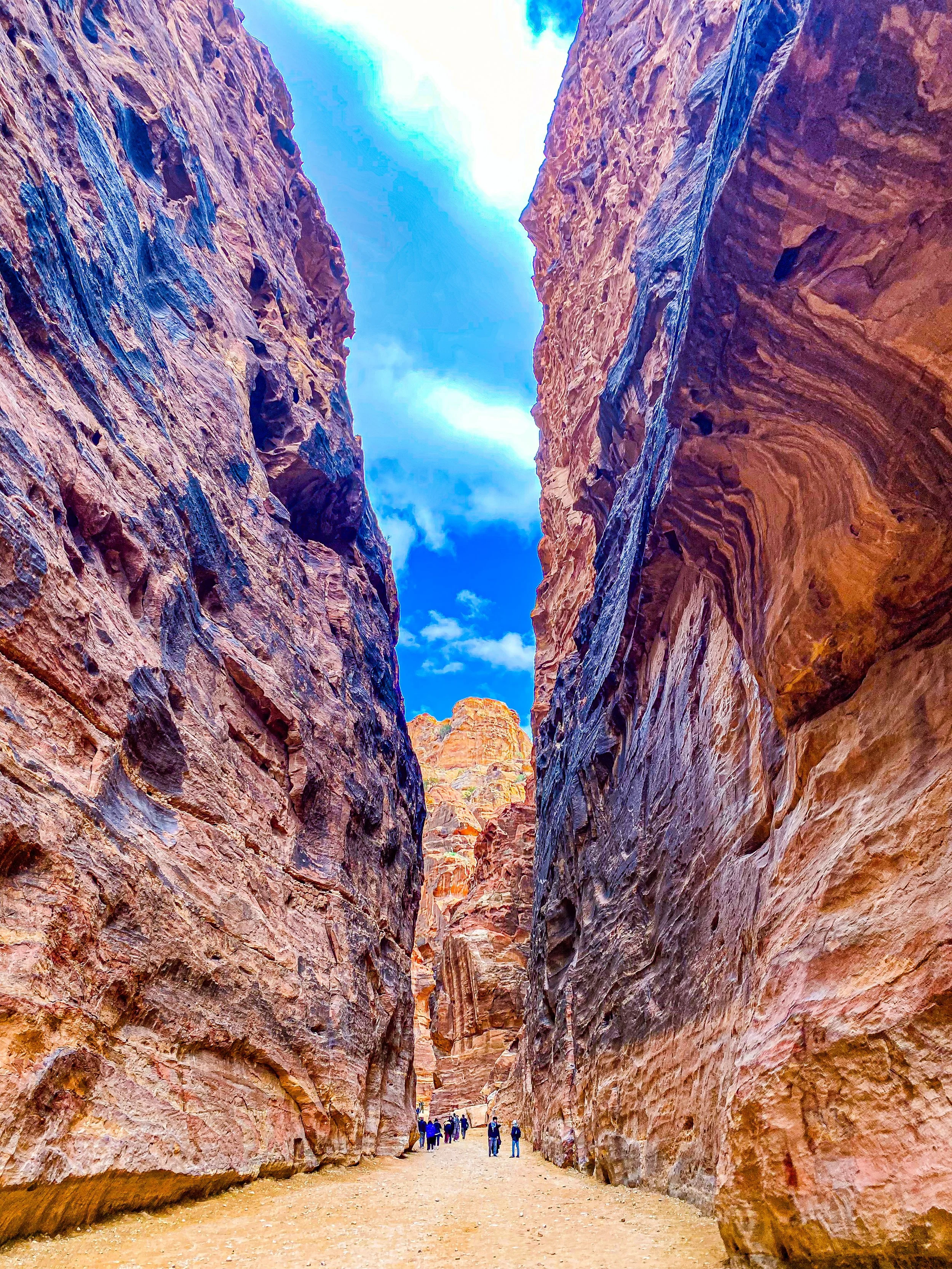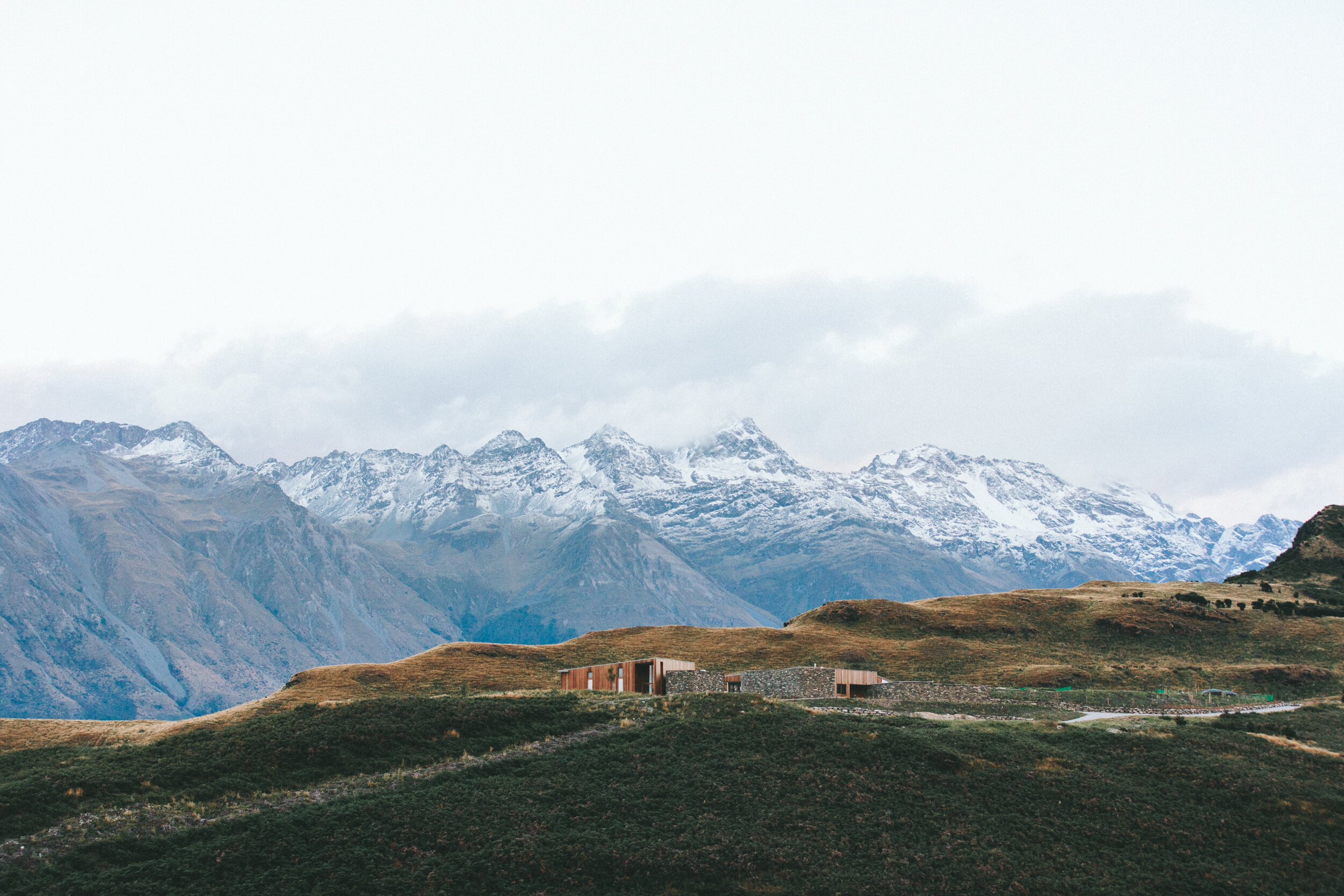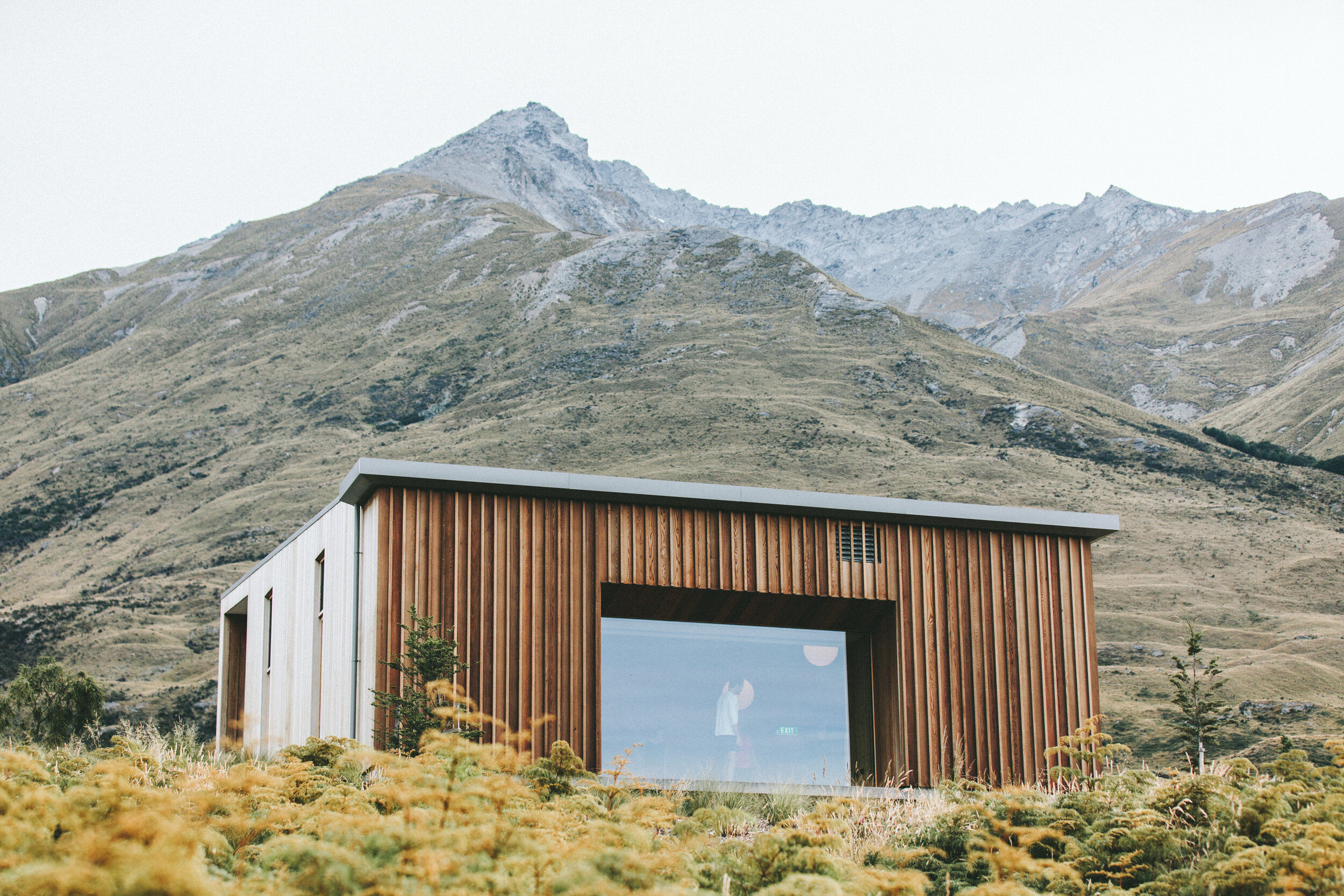
The following photographic portfolio is from a 24 day Expedition with the national geographic company from January through early february of 2024. As well as a personal trips to iceland and europe.
-
The Ngorongoro Crater in Tanzania is the world’s largest inactive, intact volcanic caldera, formed about 2 to 3 million years ago. It spans approximately 260 square kilometers and is home to a rich variety of wildlife, including lions, elephants, rhinos, and flamingos. The crater's enclosed ecosystem supports both predator and prey year-round, making it one of Africa’s premier safari destinations. It is also a UNESCO World Heritage Site, recognized for its ecological and cultural importance.
-
The Daintree Rainforest in Australia is one of the oldest tropical rainforests in the world, estimated to be over 180 million years old. Located in Queensland, it is home to an incredible diversity of plant and animal species, many of which are found nowhere else on Earth. The rainforest stretches from the mountains to the Coral Sea, where it meets the Great Barrier Reef. It is a UNESCO World Heritage Site and an important area for both ecological preservation and Indigenous culture.
-
Bhutan is a small, landlocked country in the Eastern Himalayas, known for its stunning mountain landscapes and rich Buddhist culture. It is unique for measuring national success through Gross National Happiness rather than economic output alone. The country places a strong emphasis on environmental conservation, with over 70% of its land covered in forest. Bhutan carefully controls tourism to preserve its cultural heritage and natural environment.
-
Angkor Wat is a massive temple complex in Cambodia and the largest religious monument in the world. Originally built in the 12th century as a Hindu temple dedicated to Vishnu, it later transformed into a Buddhist site. The temple is renowned for its grand scale, intricate carvings, and iconic towers that symbolize Mount Meru, a sacred mountain in Hindu and Buddhist cosmology. Today, Angkor Wat is a national symbol of Cambodia and a UNESCO World Heritage Site.
-
Easter Island, also known as Rapa Nui, is a remote volcanic island in the southeastern Pacific Ocean, famous for its nearly 1,000 monumental stone statues called Moai. These statues were created by the island’s early Polynesian inhabitants between the 13th and 16th centuries. The island is known for its mysterious history, unique culture, and archaeological significance. Today, Easter Island is a special territory of Chile and a UNESCO World Heritage Site.
-
Reykjavík is the capital and largest city of Iceland, located on the country's southwestern coast. It is known for its colorful buildings, vibrant arts scene, and stunning views of the surrounding mountains and ocean. As one of the world's northernmost capitals, Reykjavík is also famous for its geothermal hot springs and access to natural wonders like the Northern Lights. Despite its small size, the city offers a unique mix of modern culture and rich Viking history.
-
The Taj Mahal, located in Agra, India, is a world-famous white marble mausoleum built in the 17th century by Mughal Emperor Shah Jahan in memory of his wife Mumtaz Mahal. It is renowned for its stunning architecture, intricate carvings, and symmetrical gardens, symbolizing eternal love. Agra, the city where the Taj Mahal stands, was once a major center of the Mughal Empire and is home to other historic sites like Agra Fort and Fatehpur Sikri. Today, the Taj Mahal is a UNESCO World Heritage Site and one of the most visited landmarks in the world.
-
Petra is an ancient city in southern Jordan, famous for its rock-cut architecture and water management system, built by the Nabataeans over 2,000 years ago. Its most iconic structure is Al-Khazneh, or the Treasury, a grand façade carved into rose-colored sandstone cliffs, believed to be a royal tomb or temple. Hidden in a desert canyon and rediscovered in the 19th century, Petra is often called the "Lost City." Today, it is a UNESCO World Heritage Site and one of the New Seven Wonders of the World.
-
London is the capital of the United Kingdom and one of the world's most vibrant and historic cities. It is known for its iconic landmarks such as the Tower of London, Buckingham Palace, Big Ben, and the River Thames. The city is a global hub for finance, culture, and education, offering world-class museums, theaters, and universities. With its mix of modern innovation and centuries-old traditions, London attracts millions of visitors each year.
-
Morocco is a vibrant North African country known for its rich culture and bustling markets, or souks, where visitors can find colorful textiles, spices, ceramics, and handcrafted goods. Cities like Marrakech and Fez are famous for their lively souks, offering a sensory feast of sights, sounds, and smells. In Marrakech, the Yves Saint Laurent Garden (Jardin Majorelle) is a stunning botanical garden once owned by the famous fashion designer, featuring exotic plants, vibrant blue buildings, and a peaceful oasis amid the city’s energy. Together, the markets and the garden showcase Morocco’s unique blend of tradition, art, and beauty.
-
Nepal is a landlocked country in the Himalayas, known for its stunning mountain landscapes, including Mount Everest, the world’s highest peak. It is rich in cultural heritage, with a blend of Hindu and Buddhist traditions, historic temples, and vibrant festivals. The “Lost City” often refers to Lumbini, the birthplace of Buddha, a sacred site that draws pilgrims and tourists alike. Nepal’s natural beauty and spiritual significance make it a unique destination for adventure and cultural exploration.
-
Amsterdam is the capital city of the Netherlands, famous for its picturesque canals, historic buildings, and vibrant cultural scene. Known as the "Venice of the North," it features a network of waterways lined with charming houses and lively cafes. The city is home to world-renowned museums like the Rijksmuseum and the Van Gogh Museum, as well as a rich history of trade and tolerance. Amsterdam’s blend of old-world charm and modern innovation makes it a popular destination for travelers from around the globe.
-
Peru is a South American country known for its diverse landscapes, rich history, and ancient civilizations. It is home to iconic ruins like Machu Picchu, the famous Inca city perched high in the Andes Mountains. Peru’s archaeological sites, including the Sacred Valley and the Nazca Lines, offer a glimpse into the advanced cultures that once thrived there. These ruins attract travelers interested in history, culture, and breathtaking natural beauty.
-
Samoa is a beautiful island nation in the South Pacific known for its lush landscapes, pristine beaches, and rich Polynesian culture. The islands are famous for their traditional villages, vibrant ceremonies, and strong community values rooted in the Fa'a Samoa way of life. Samoa’s natural beauty includes waterfalls, volcanic craters, and coral reefs, making it a popular destination for eco-tourism and adventure. Visitors often experience warm hospitality and a deep connection to nature and heritage.
-
Barcelona is a vibrant city on Spain’s Mediterranean coast, known for its unique blend of Gothic and modernist architecture. It is famous for landmarks like the Sagrada Família and Park Güell, both designed by the renowned architect Antoni Gaudí. The city offers lively street life, beautiful beaches, and a rich cultural scene with museums, music, and delicious Catalan cuisine. Barcelona’s mix of history, art, and coastal charm makes it a top destination in Europe.
